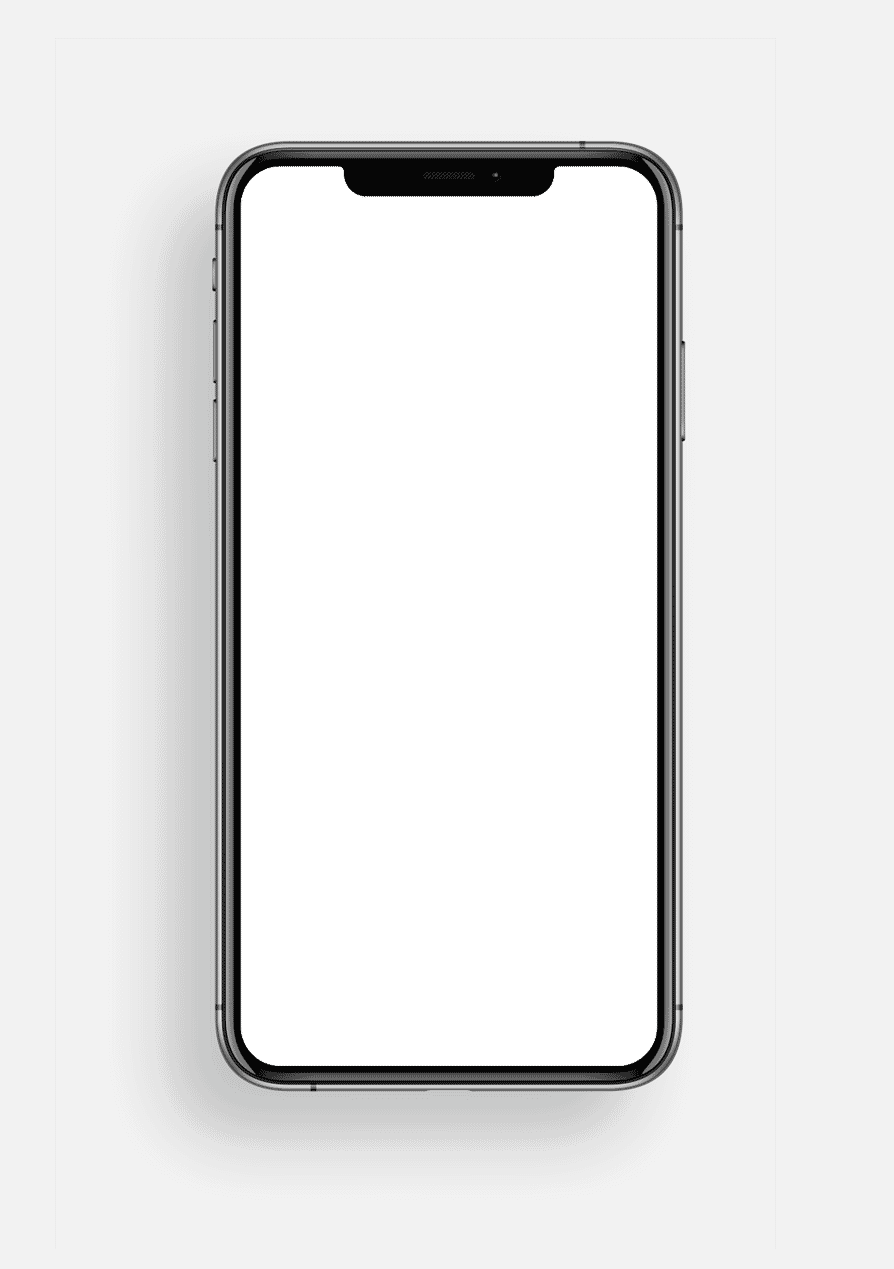Autumn is the best season for getting dressed – changeable weather forces you to think, layers do the heavy lifting, and richer fabrics make even simple outfits look considered. The brief is straightforward: keep dry, keep warm, keep it tidy. That means a smarter approach to basics, textures that earn their place, and footwear that will not fold at the first slick pavement.
What follows is a set of practical moves rather than grand reinventions. Build a capsule wardrobe you can tune in seconds – add heat on the platform, drop it on the bus – and let colour and cloth do quiet work. Look after what you own, choose weight where it counts, and favour pieces that bridge work, weekend and whatever the forecast decides between lunch and last orders. The aim is ease without sloppiness. Read on, pick a couple of ideas, and let the season do the styling.
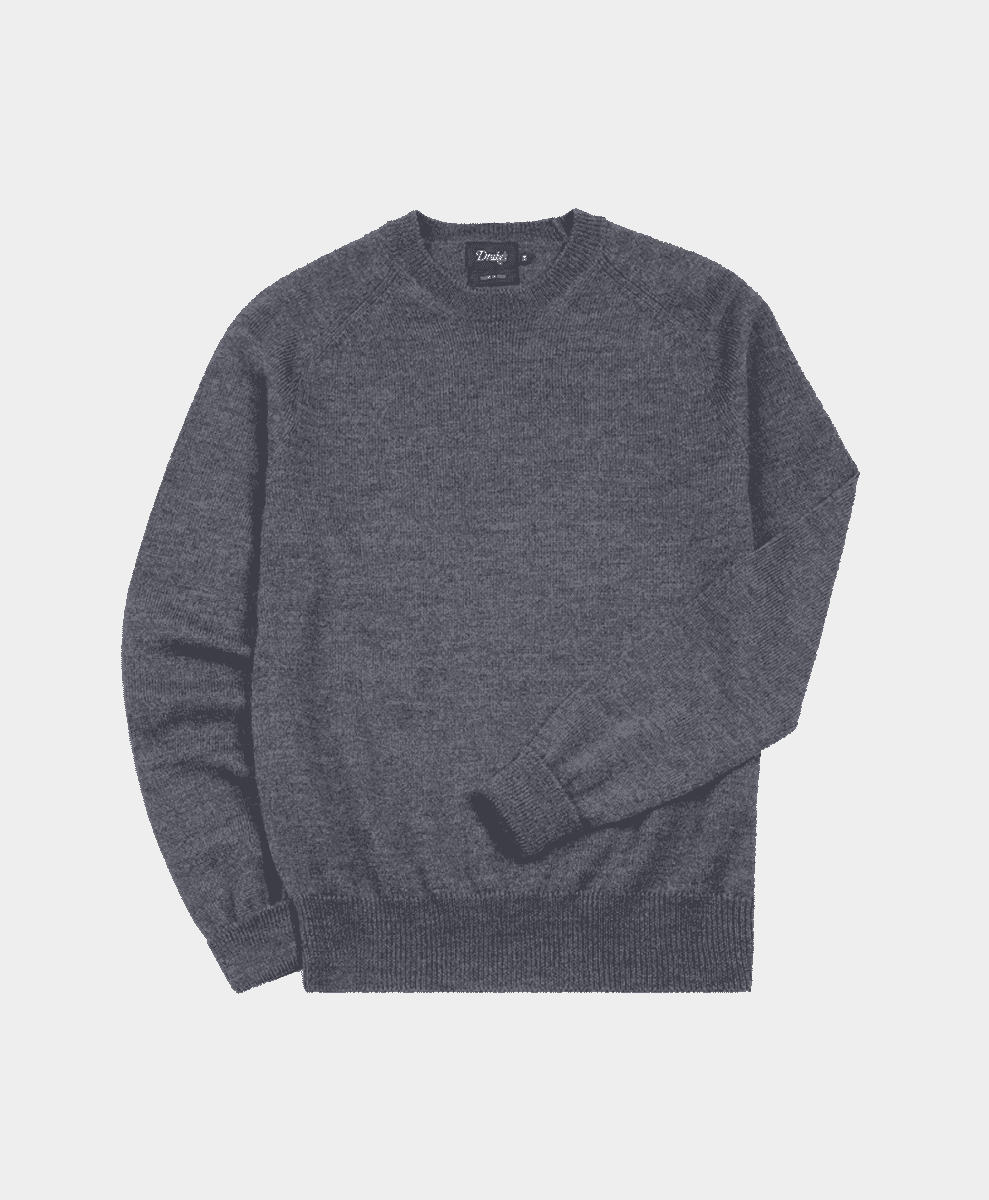
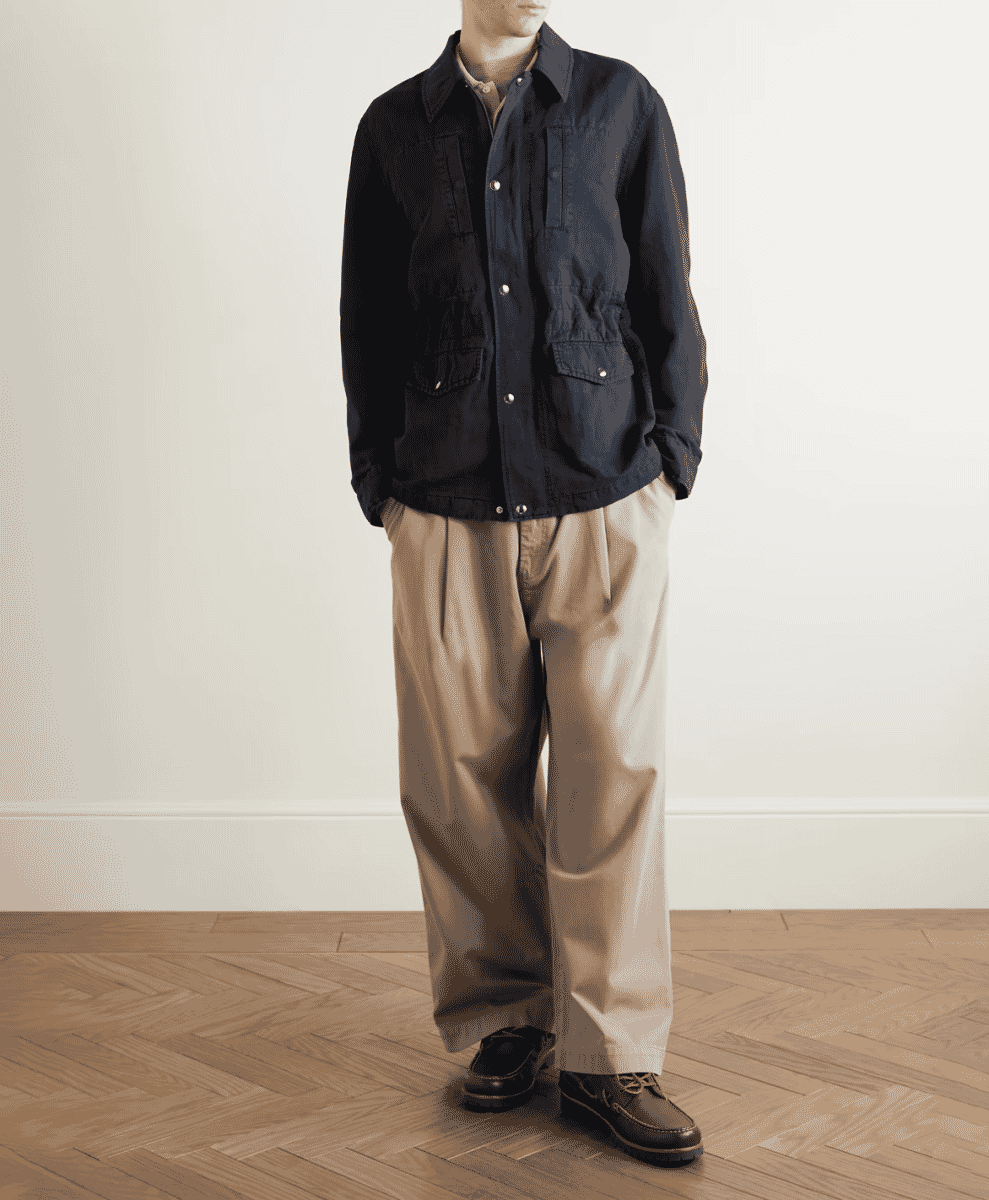
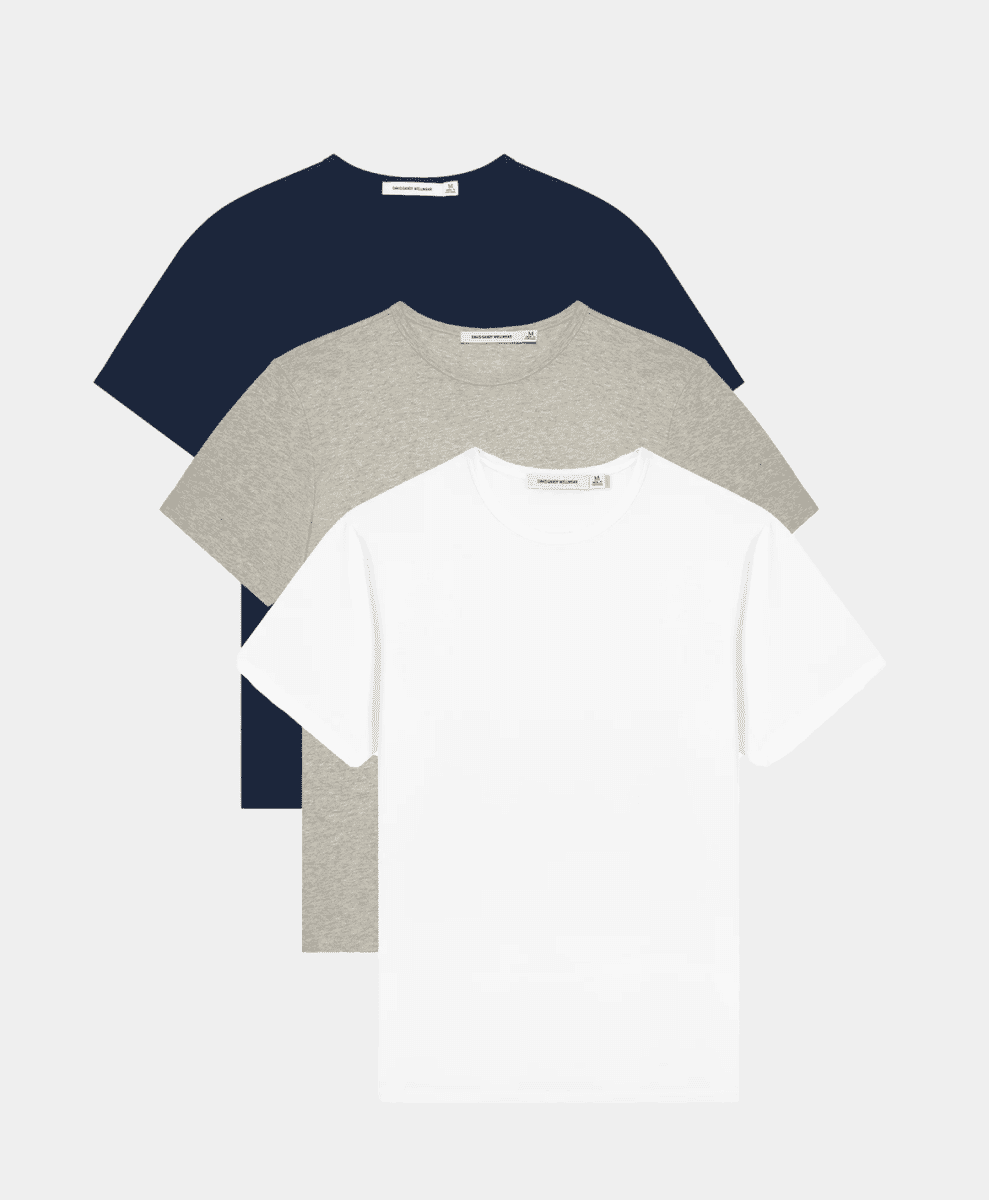
Build a three-layer system
Think in threes. A breathable base, an insulating mid layer, and a weatherproof outer is the neatest way to handle the stop- start autumn weather. Start with cotton jersey or merino that wicks rather than clings. Add warmth with fleece, flannel or a knitted crew that is slim enough to sit cleanly under a jacket. Finish with a mac, field jacket or soft shell that blocks wind and drizzle. Keep each piece light so the stack does not balloon. Zip openings and two way closures help you regulate heat on the move. Remove a layer on the Tube, add one on the platform.
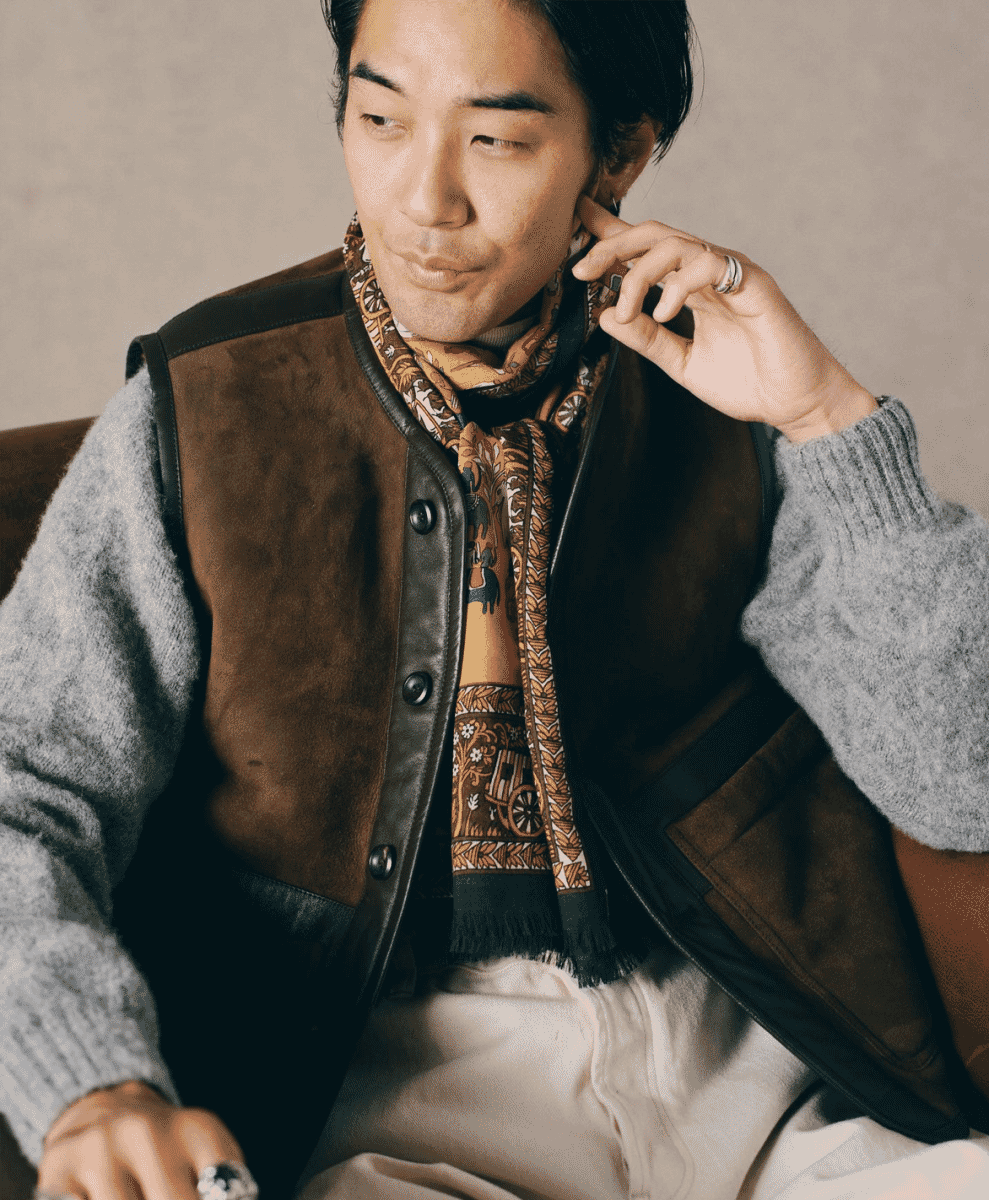

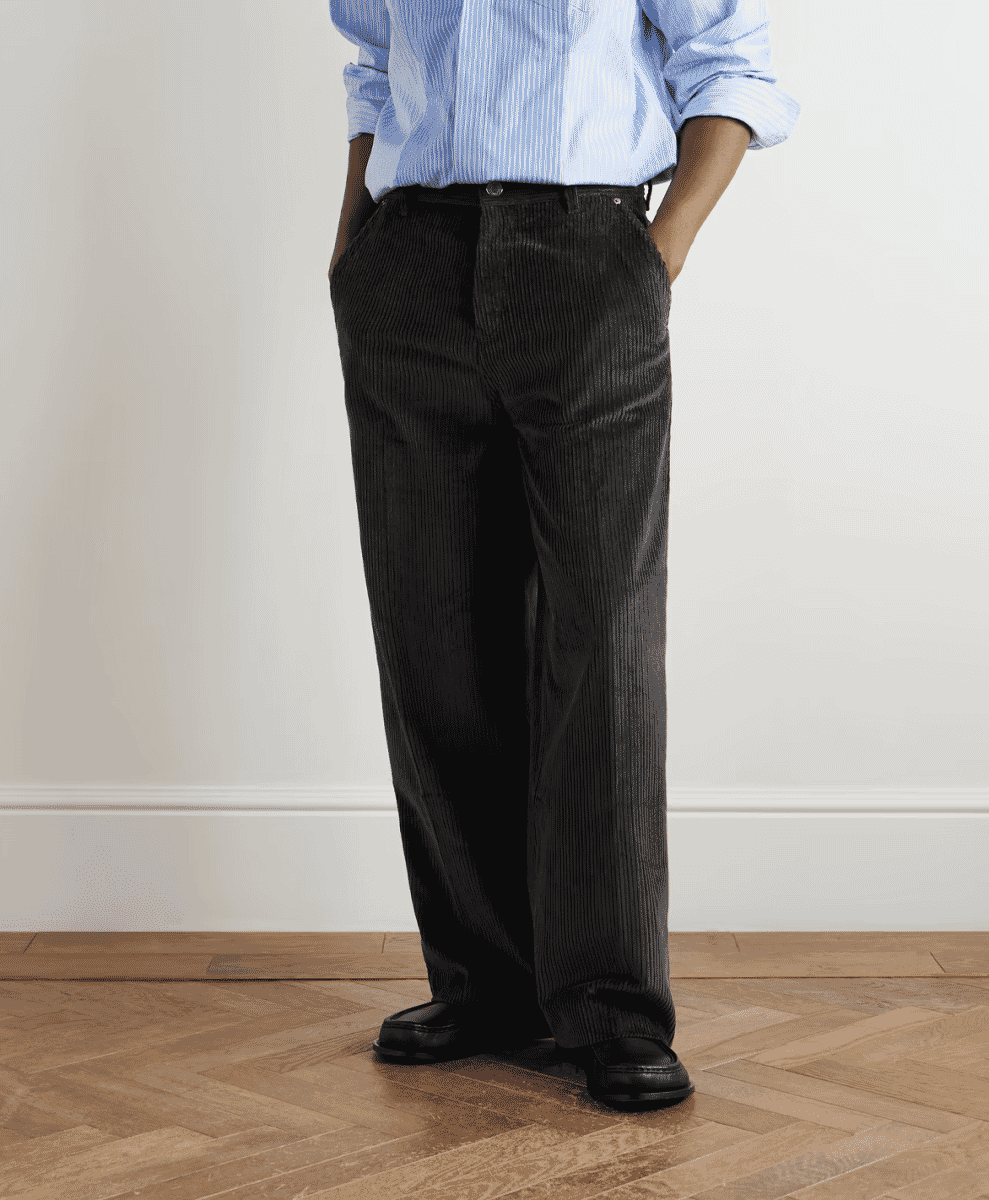
Lean into texture
Autumn is about surface interest. Texture turns simple clothes into proper outfits without shouting. Corduroy trousers ground trainers and tailoring. Moleskin overshirts behave like light jackets and age well. Brushed flannel stops a navy suit looking corporate. Tweed adds depth under a mac, particularly in herringbone. Suede lifts the everyday trainer or derby, provided you waterproof it. Aim for contrast rather than chaos – smooth cotton next to napped wool, polished leather against ribbed knitwear. Keep colours calm so the textures do the work. The result feels considered, tactile and seasonal, even when the shapes are familiar.
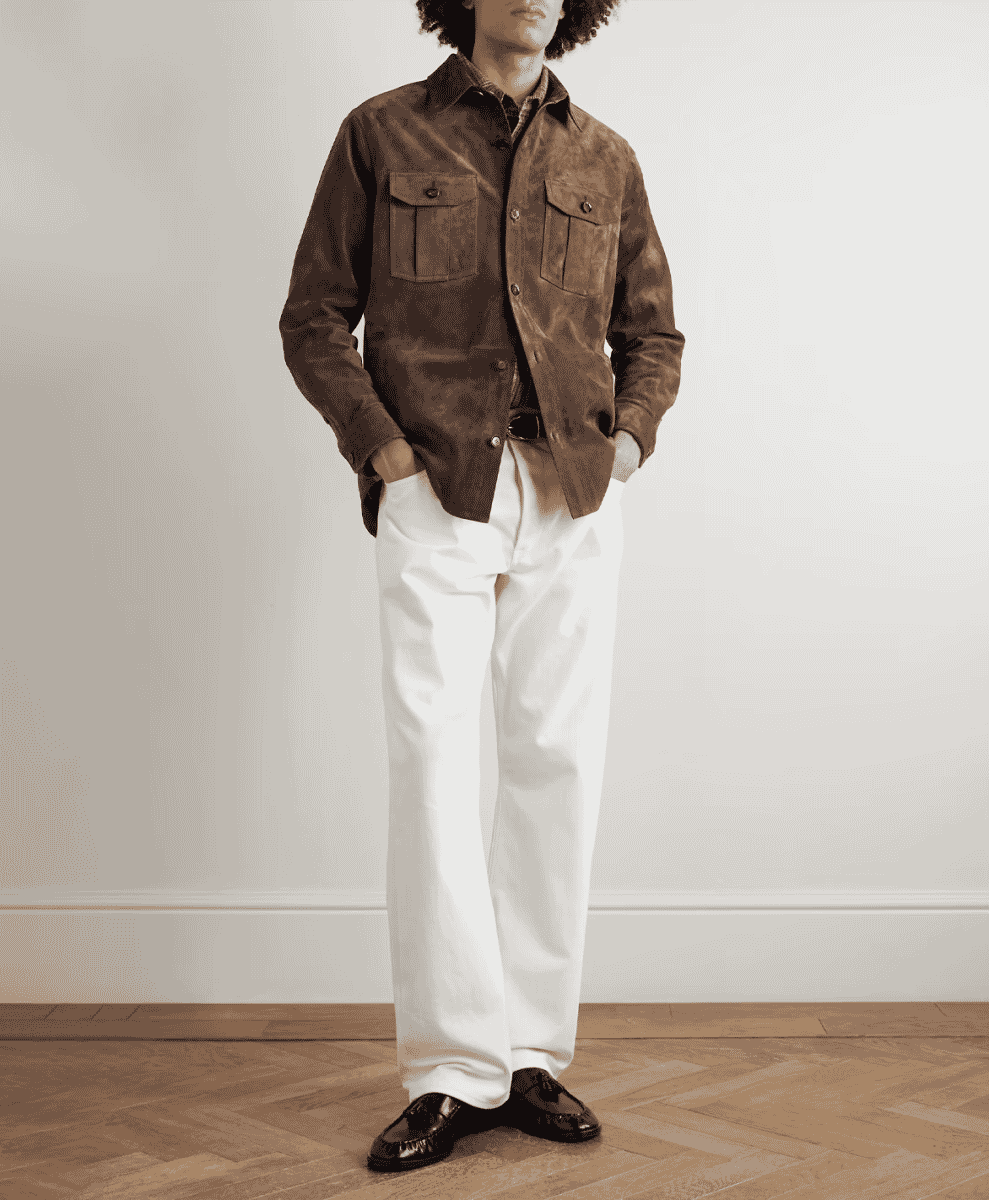
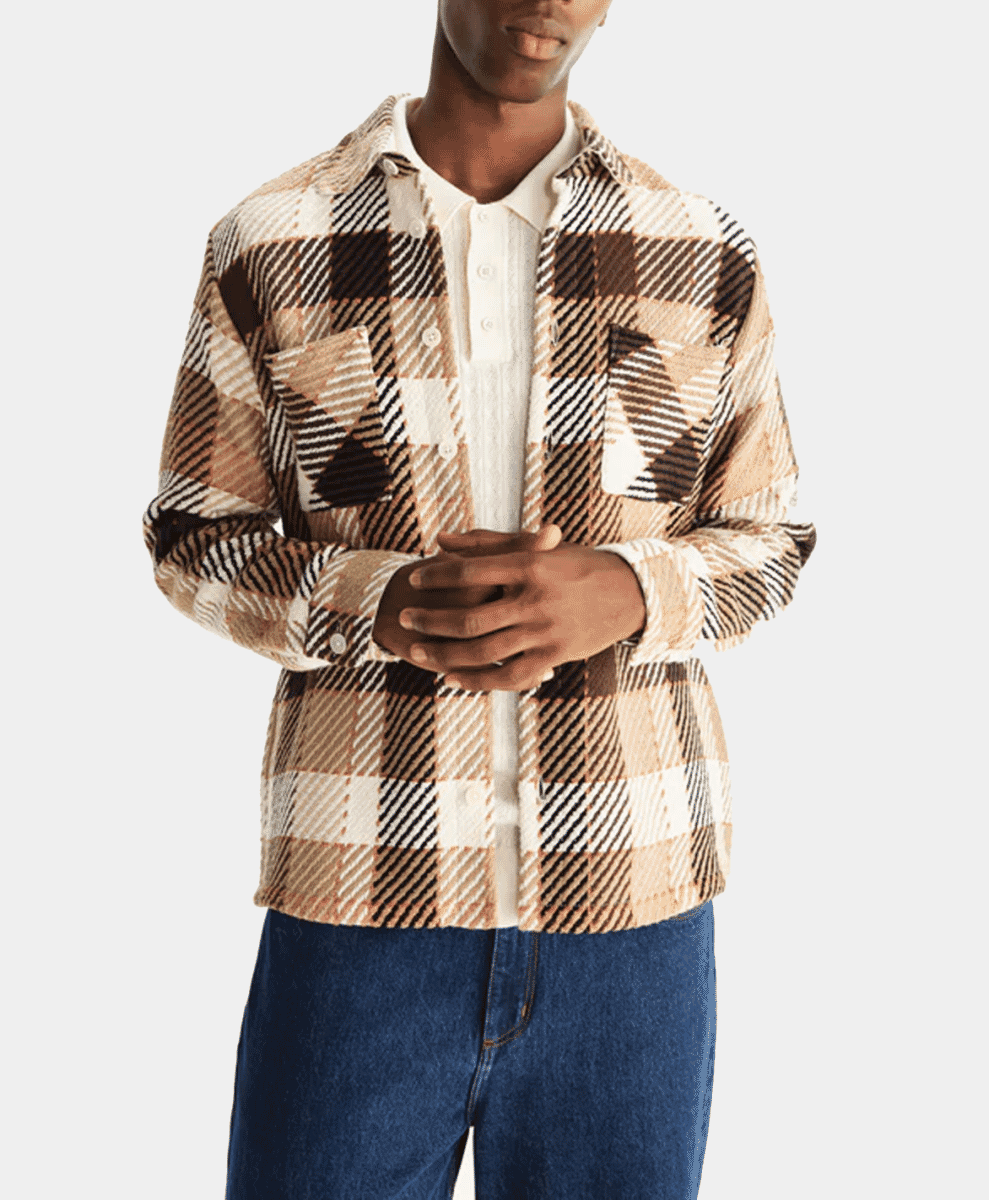
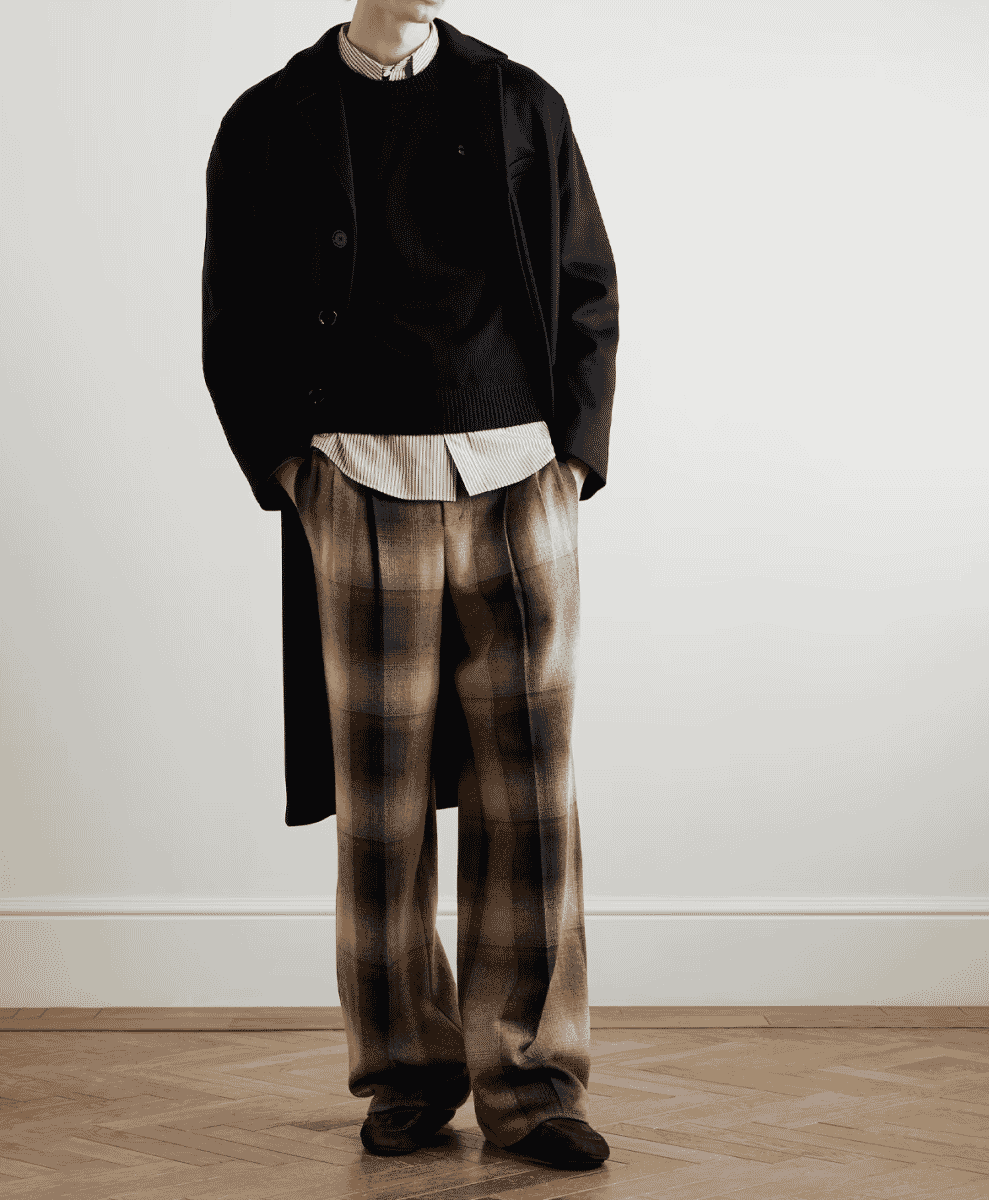
Increase fabric weight
Heavier cloth hangs better, creases less and feels right when the temperature drops. Swap featherweight Oxford shirt for a denser basket weave. Move selvedge denim to 14 to 16 oz if you like structure and a slow break in. Thick wool trousers give drape without bulk. A thicker tee under knitwear stops that clingy, static thing. The trick is weight without stiffness, so choose softly finished fabrics that still move. Heavier garments also take on nicer wear patterns – cuffs soften, seams fade, elbows round out. You end up with clothes that look lived in rather than tired.
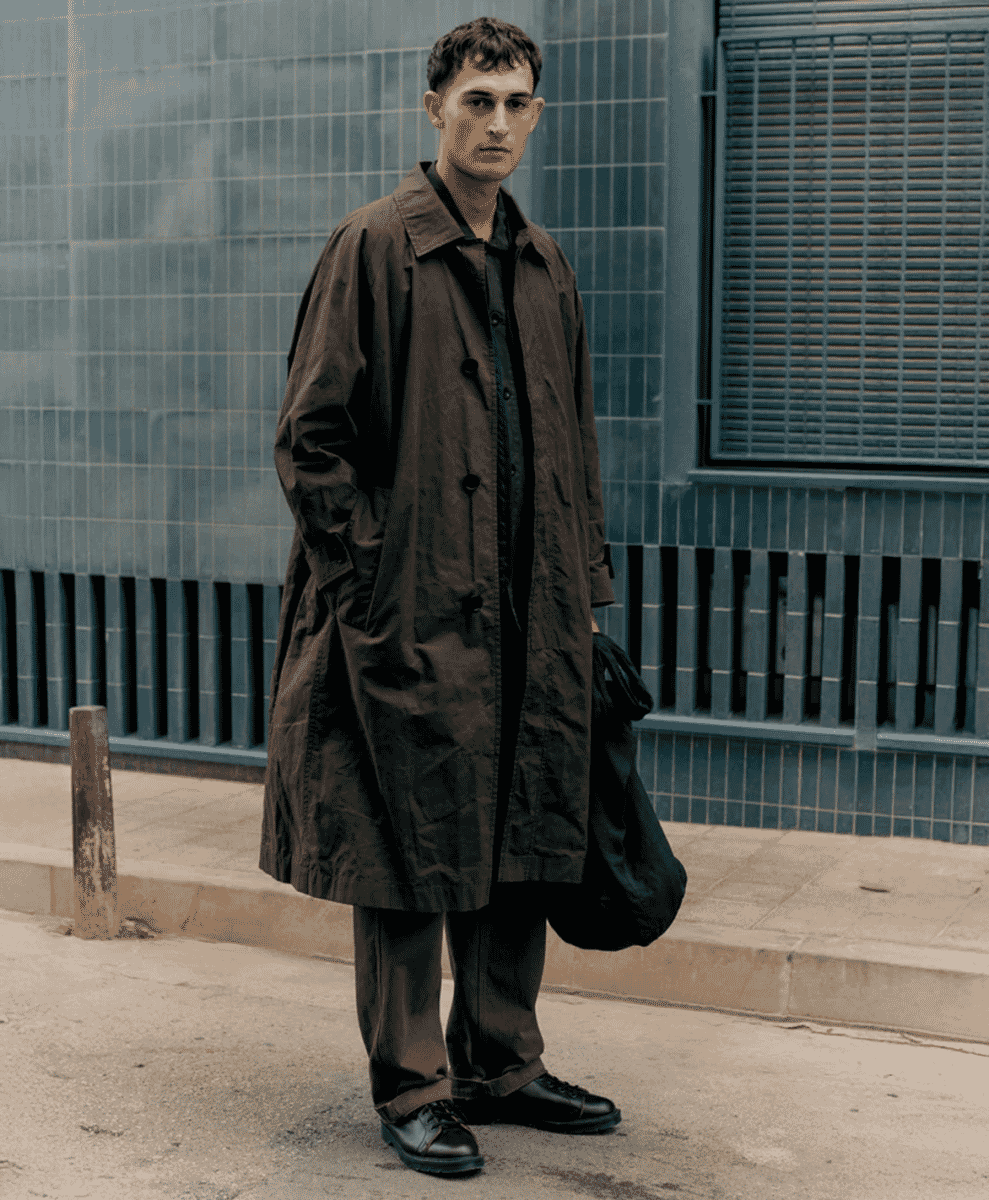
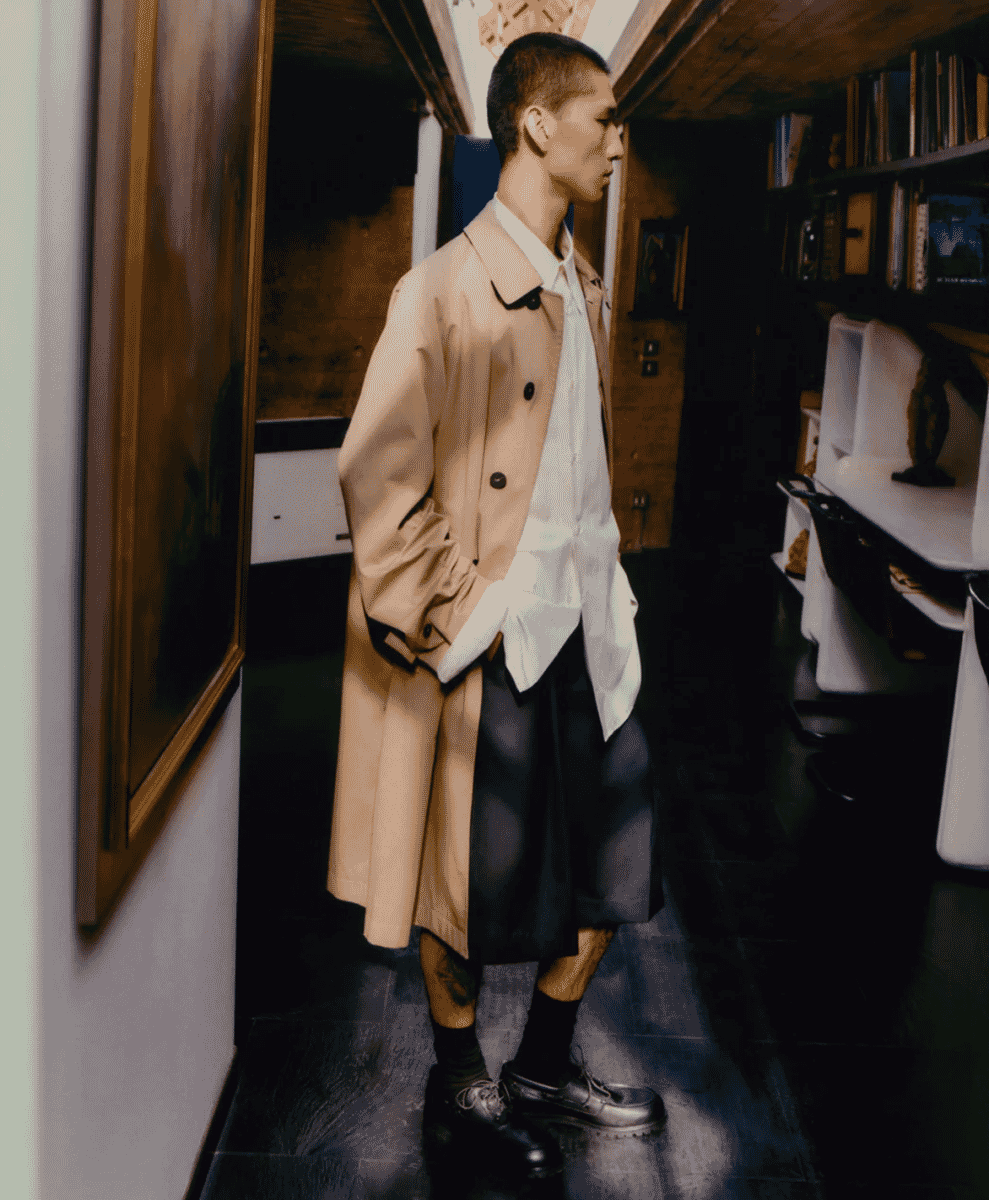
Use an autumn palette
Anchor your wardrobe with navy, charcoal and chocolate, then add olive, rust and camel for interest. These colours layer easily because they share warmth without clashing. Olive chinos with a navy knit and a camel mac is an easy three piece formula. Rust works brilliantly in accessories – a cap, scarf or socks – where it reads as subtle rather than statement. If in doubt, keep the lightest colour on top or as an outer layer to lift the whole look. Black can still work, but soften it with texture or brown shoes. The aim is harmony, not monotone.
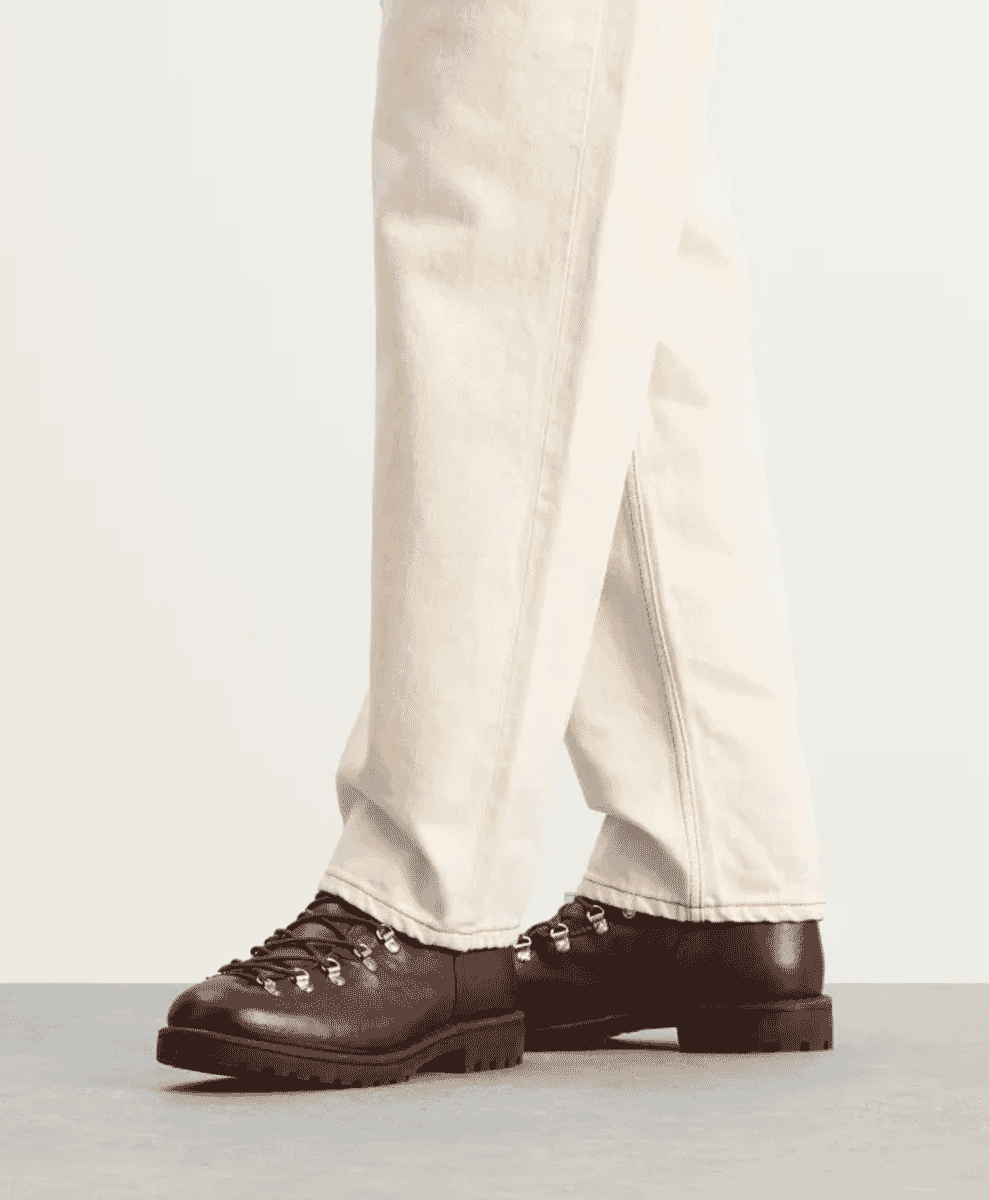
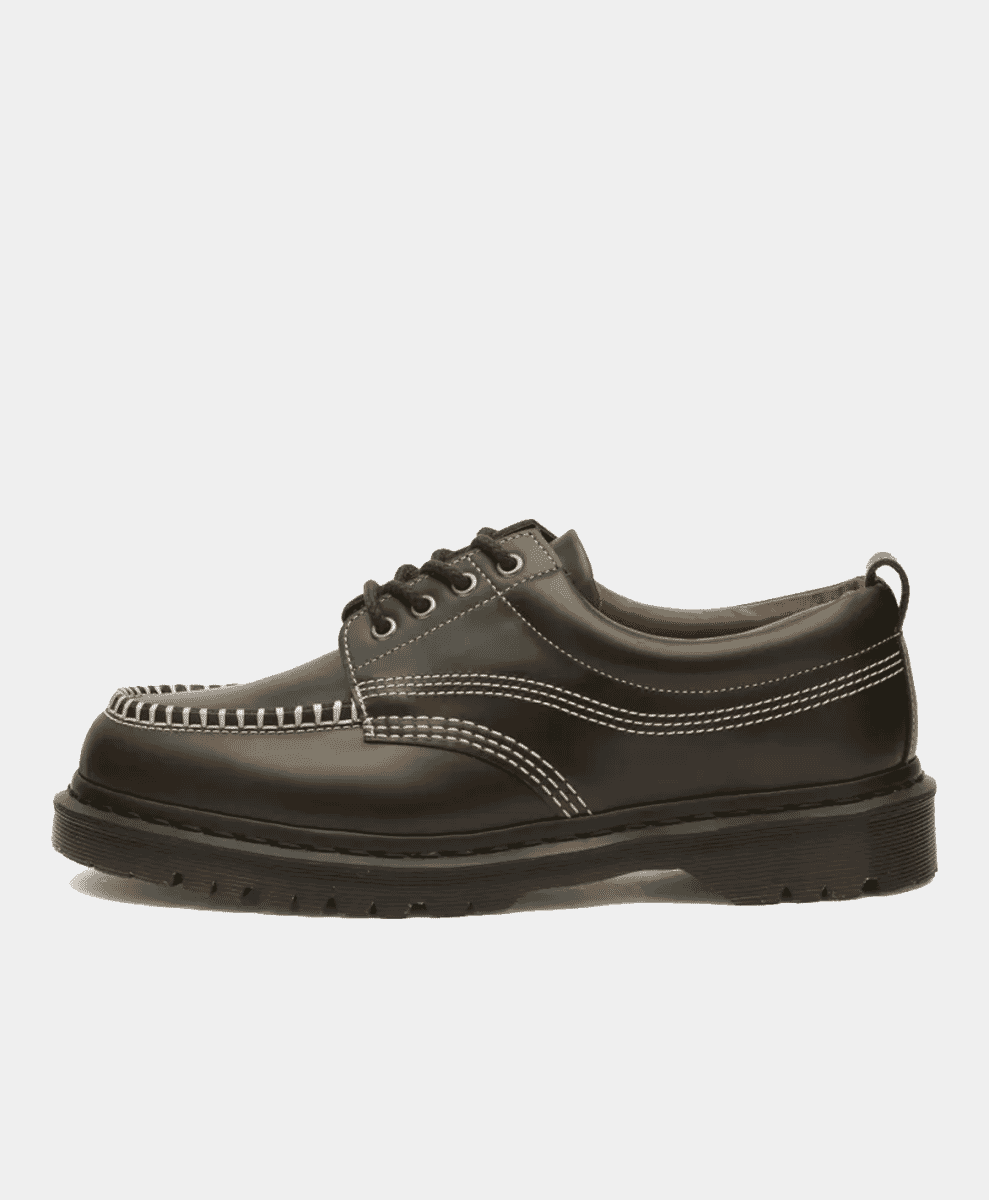
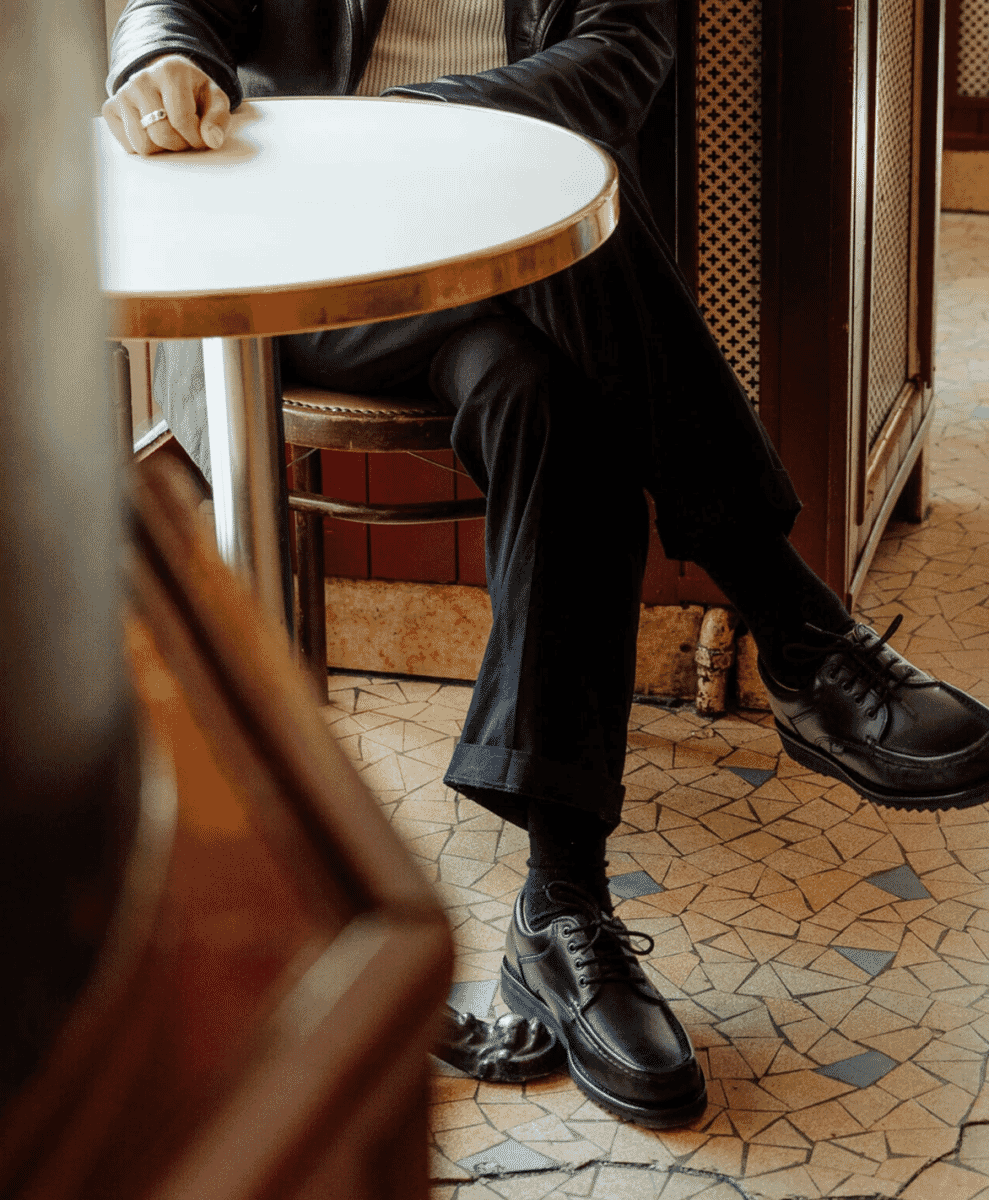
Upgrade your soles
Wet leaves, slick kerbs, pub floors – autumn is a hazard course. A lugged rubber sole or commando profile gives grip, adds a little height and takes the fear out of rain. Chelsea boots feel smarter and more slick, while derbies on rubber are weekday workhorses. Just avoid anything too heavy; you want traction, not clomp.
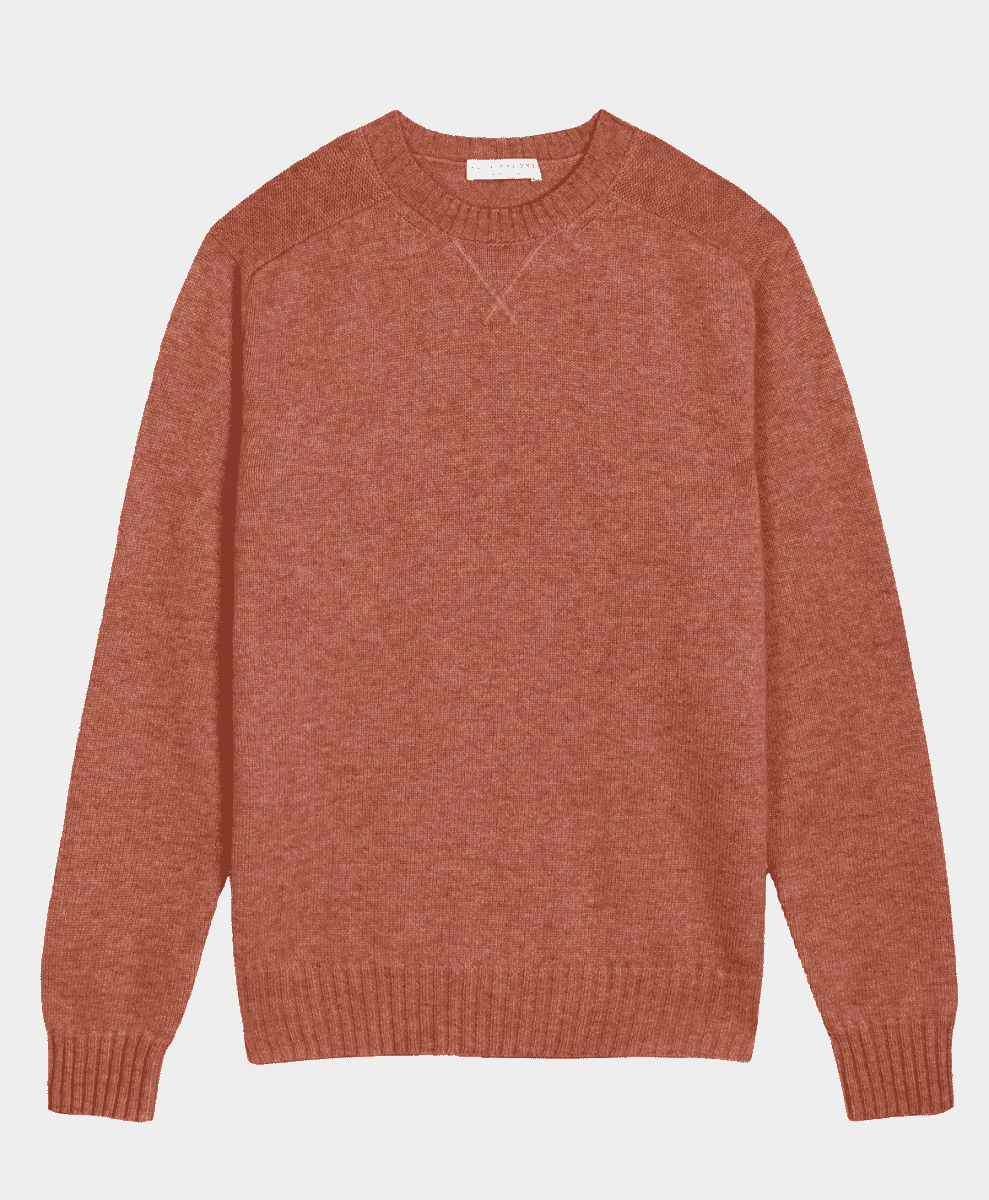
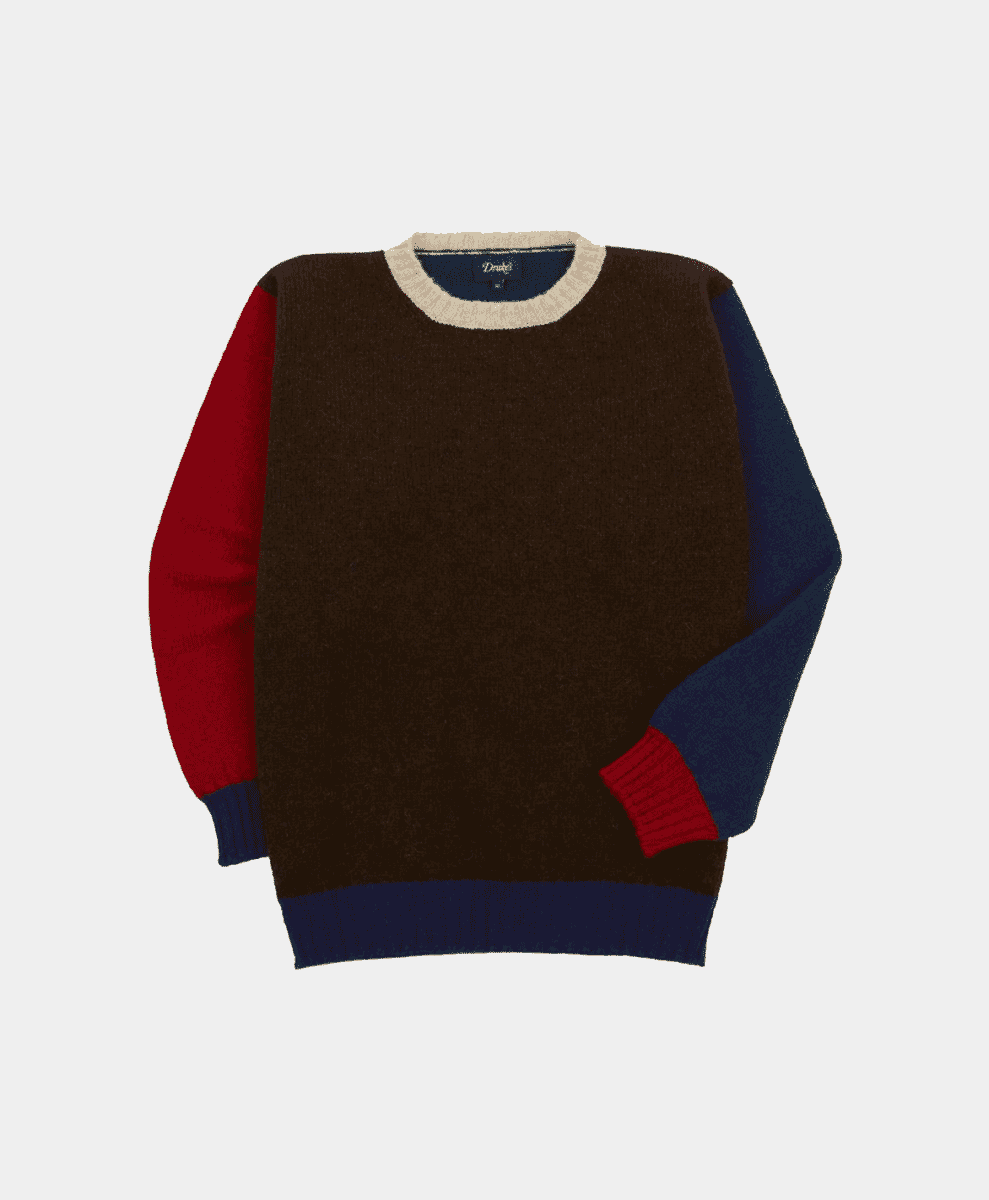
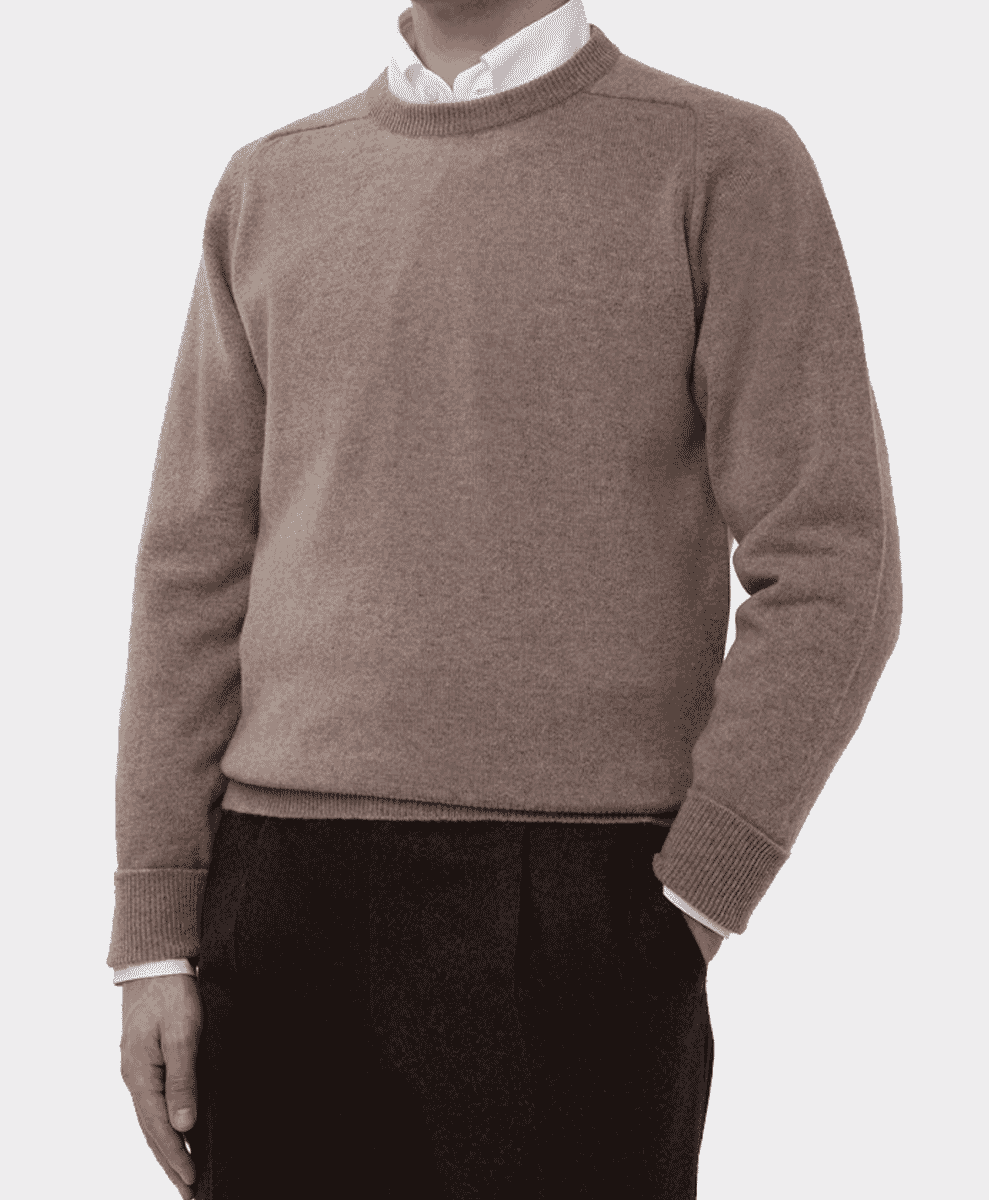
Mix knit gauges
Layering knitwear is an autumn cheat code. A fine merino roll neck under a tweed jacket reads sharp without a shirt involved. A mid gauge crew over an Oxford sits tidy under a mac. Chunky lambswool earns its keep at the weekend, worn over a tee with relaxed trousers. Keep the proportions sensible – slim knits under jackets, bulkier ones on top. Ribbed hems should meet your waistband, not swallow it. Mind the collar stack too. A high roll neck wants a jacket with room at the lapel. Wash cool, dry flat, depill occasionally, and you will be sorted.
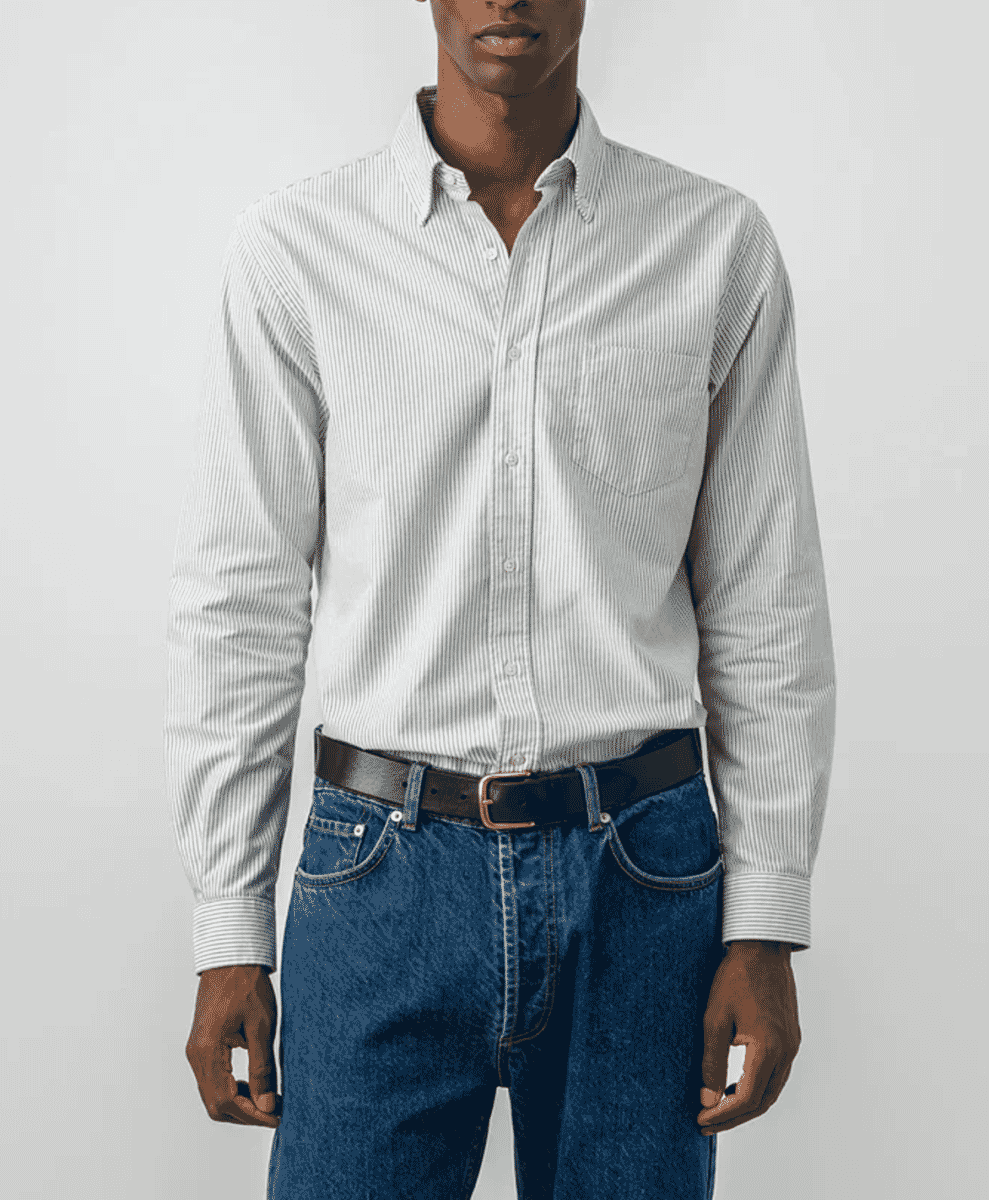
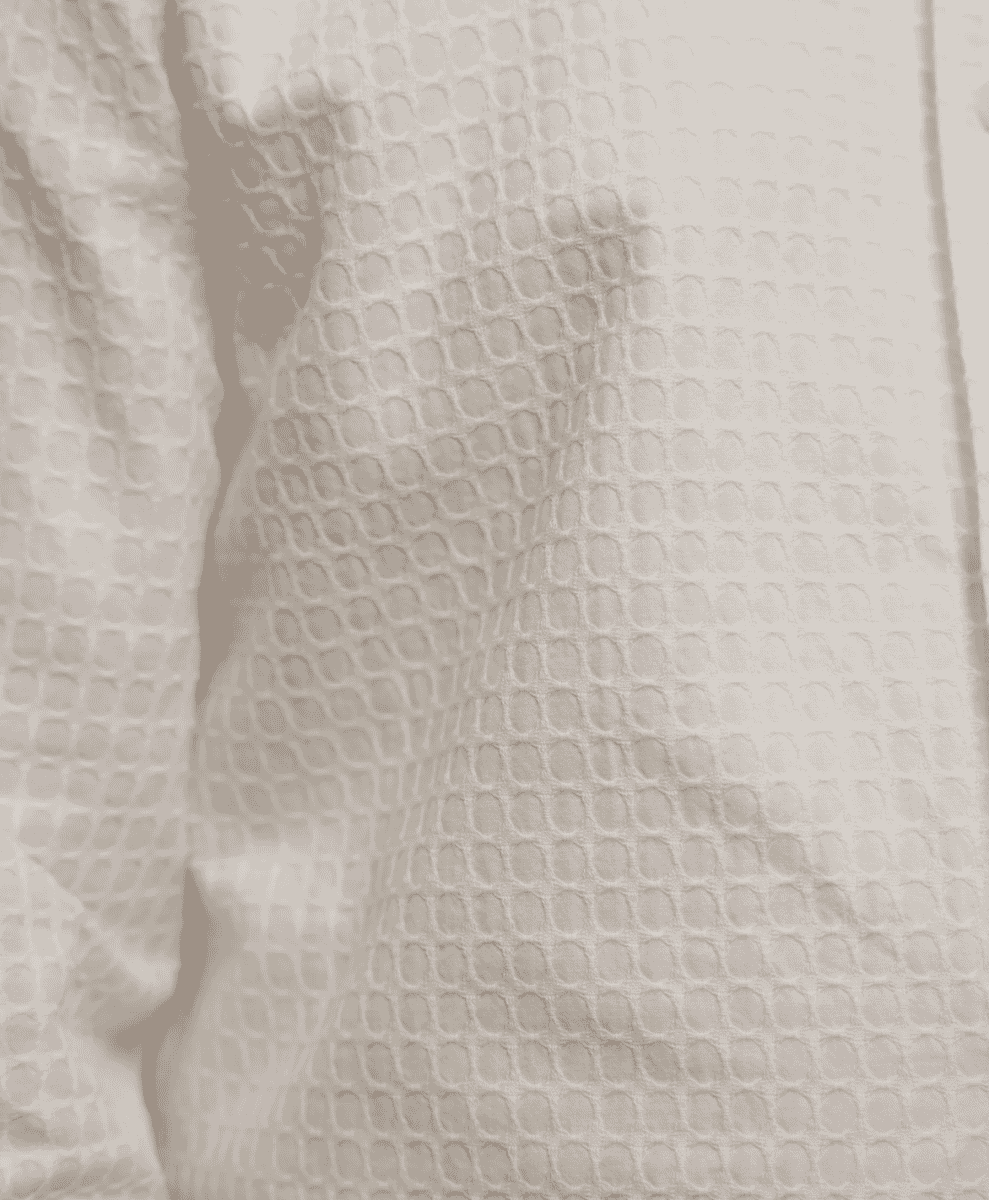
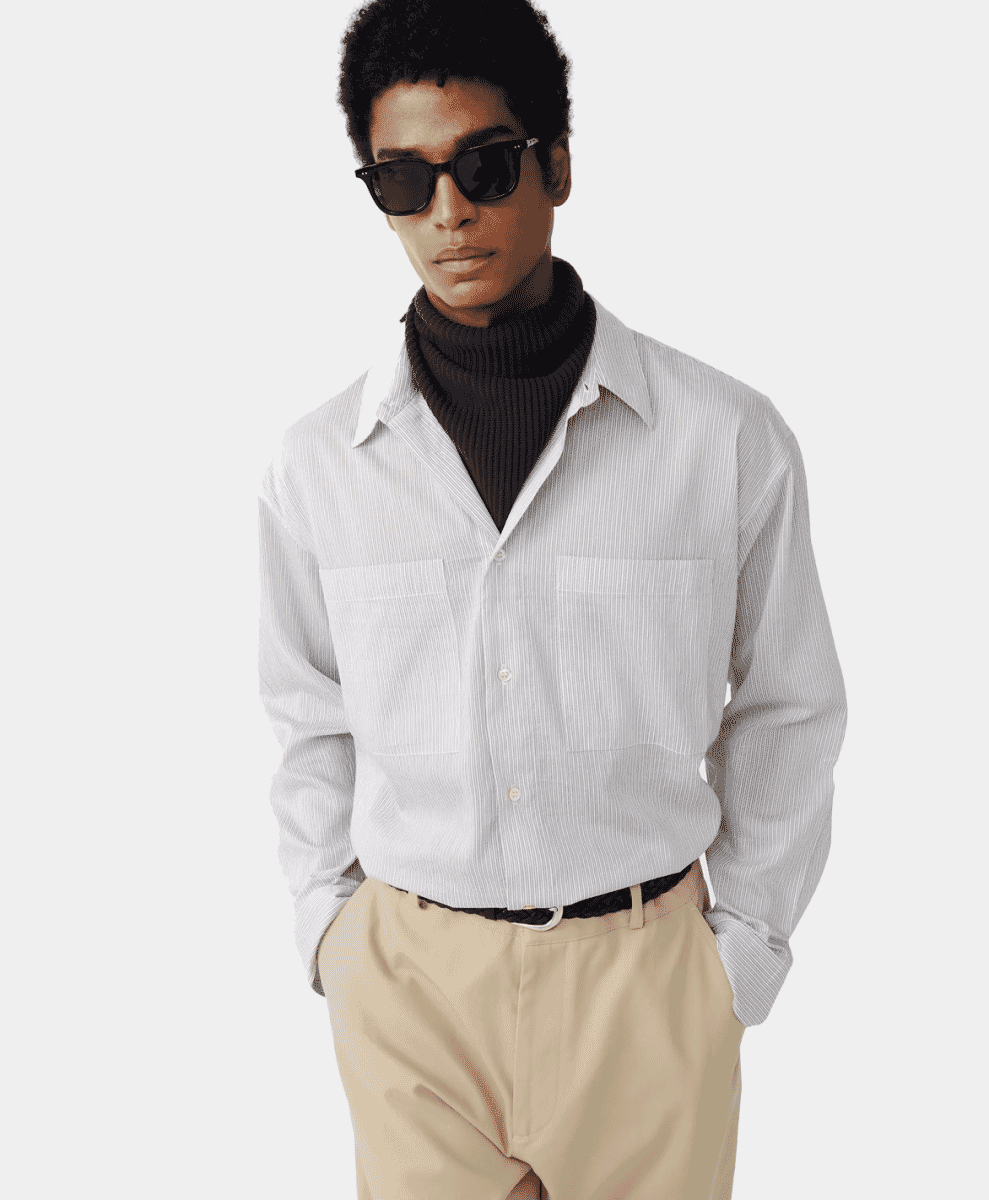
Rotate your shirts
Think beyond the white poplin. OCBDs bring structure that flatters under knitwear. Brushed cotton adds warmth and looks relaxed when worn open as a light layer. A denim shirt softens tailored trousers and takes a tie surprisingly well if the weave is tight. Add an overshirt for those in between days – it behaves like a jacket, pockets included. Keep patterns small and muted so they do not fight with checks or tweeds elsewhere. Collar shape matters: button downs for casual jackets, cutaway or semi spread for softer tailoring. Ironing is optional; a good steam does the job swiftly.
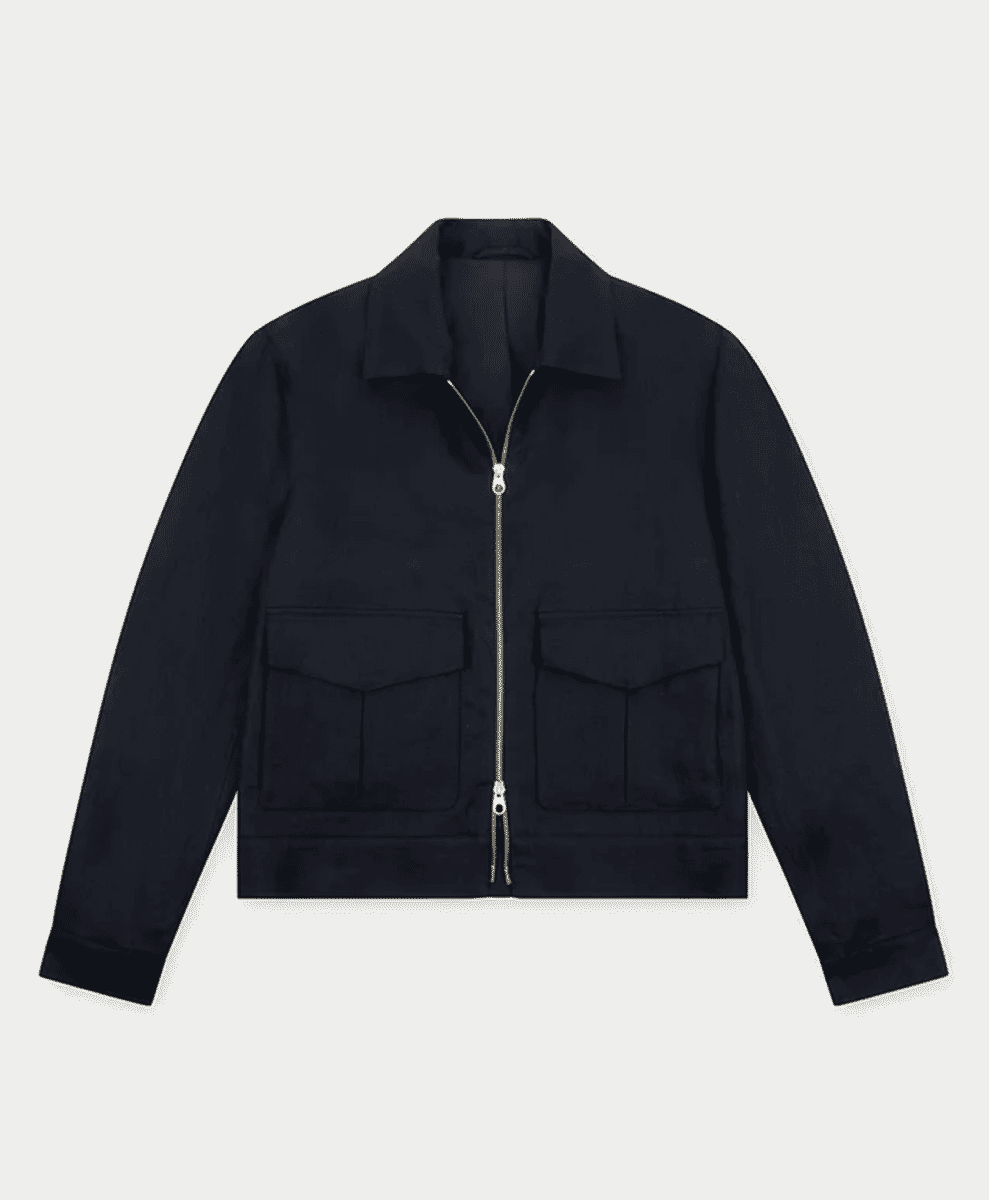
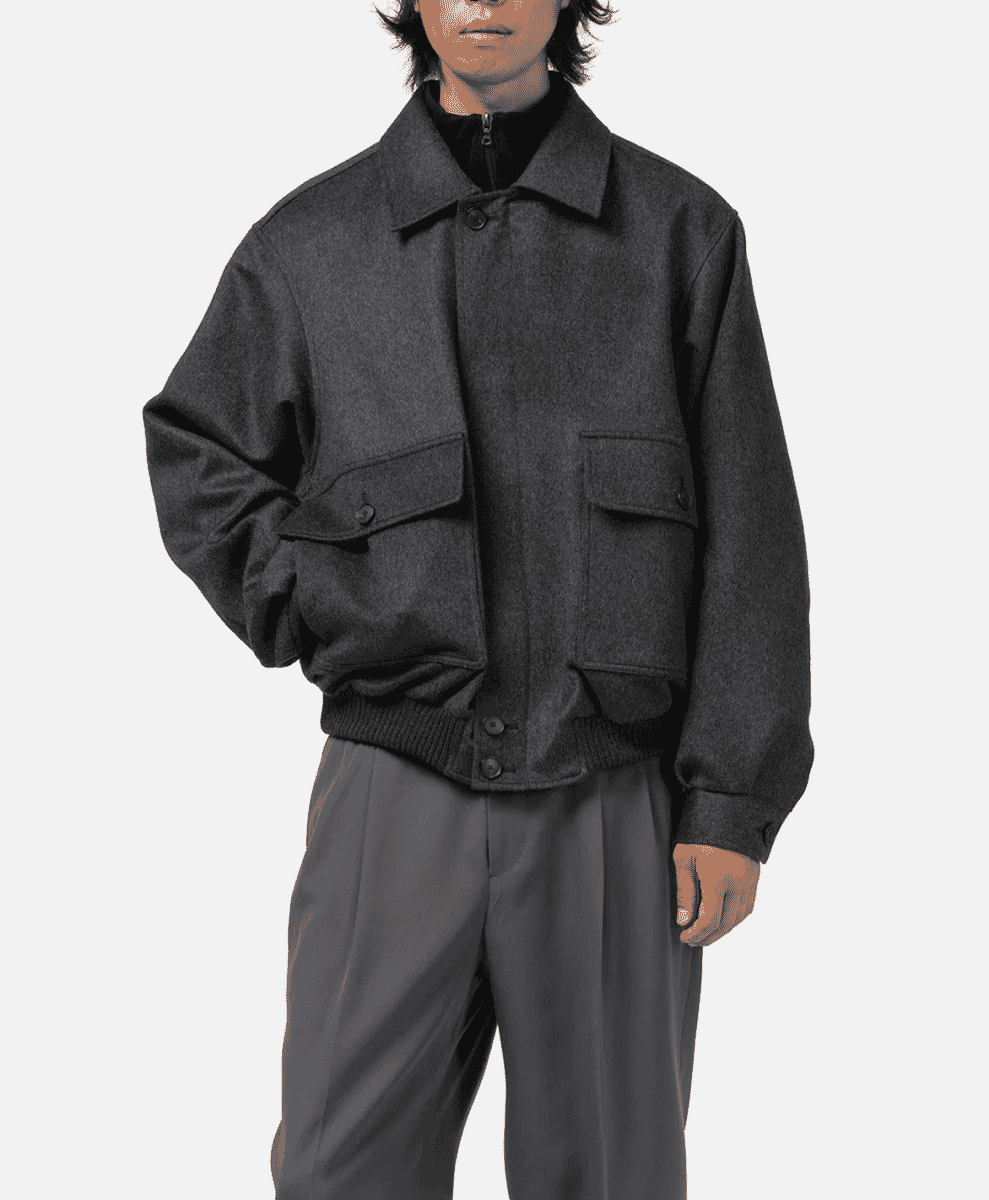
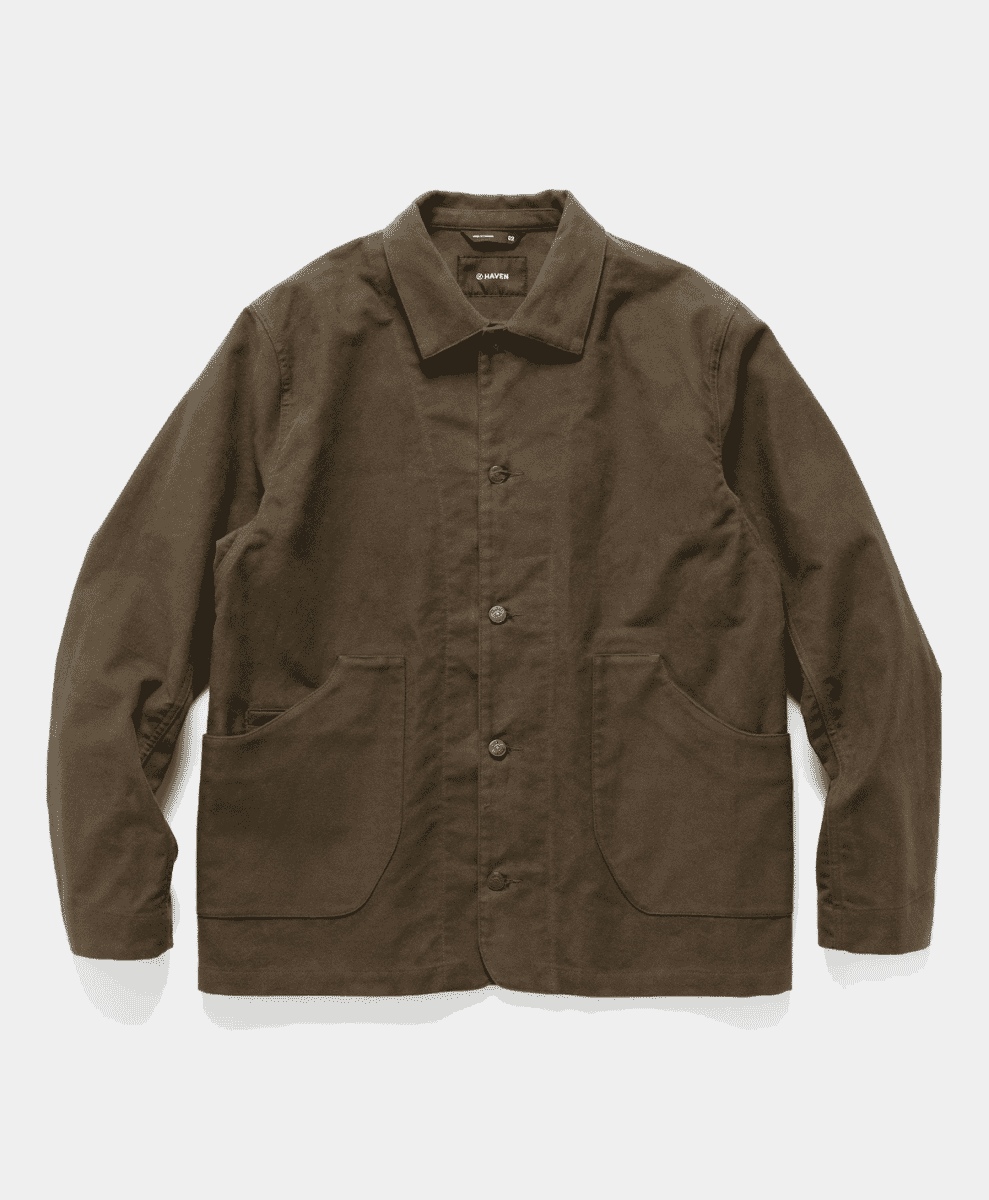
Sort your outerwear
Autumn demands options rather than one hero coat. A waxed field jacket handles showers and has pockets for modern life. A mac or balmacaan covers suits and denim alike without fuss. A quilted liner or gilet slips under both, adding heat without bulk. A cropped blouson is useful on dry days with wider trousers. Colourwise, navy, olive and caramel cover most scenarios. Look for two way zips, throat latches and hood stows for flexibility. Fit is crucial – you need room for a knit, but no billowing. If you commute, test the hem length seated. Wet seats are a mood killer.

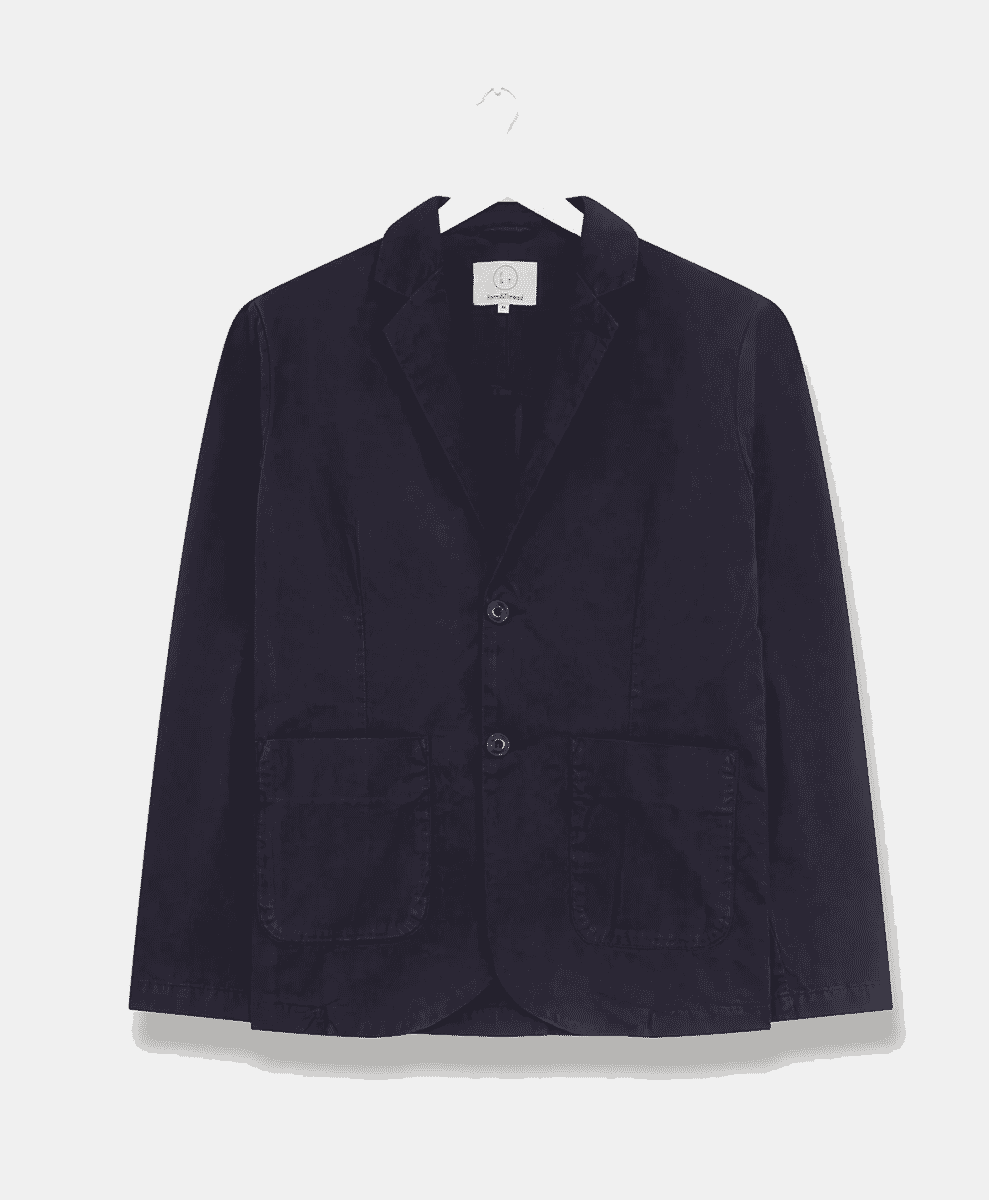
Softer tailoring
Rigid shoulders feel wrong when the clocks change. Think casual suiting instead. Unstructured jackets in tweed, cord or flannel bridge office and off duty. They take a knit as easily as a shirt, and the lapels relax instead of fighting your layers. Trousers with a gentle taper and a higher rise sit neatly over boots. Keep canvassing light and chest padding minimal. Patch pockets read casual, jetted pockets feel smarter. Earthy colours make tailoring less boardroom – think tobacco, olive or navy flecked with grey. The point is ease. You want the sense of being dressed without the stiffness of ceremony.
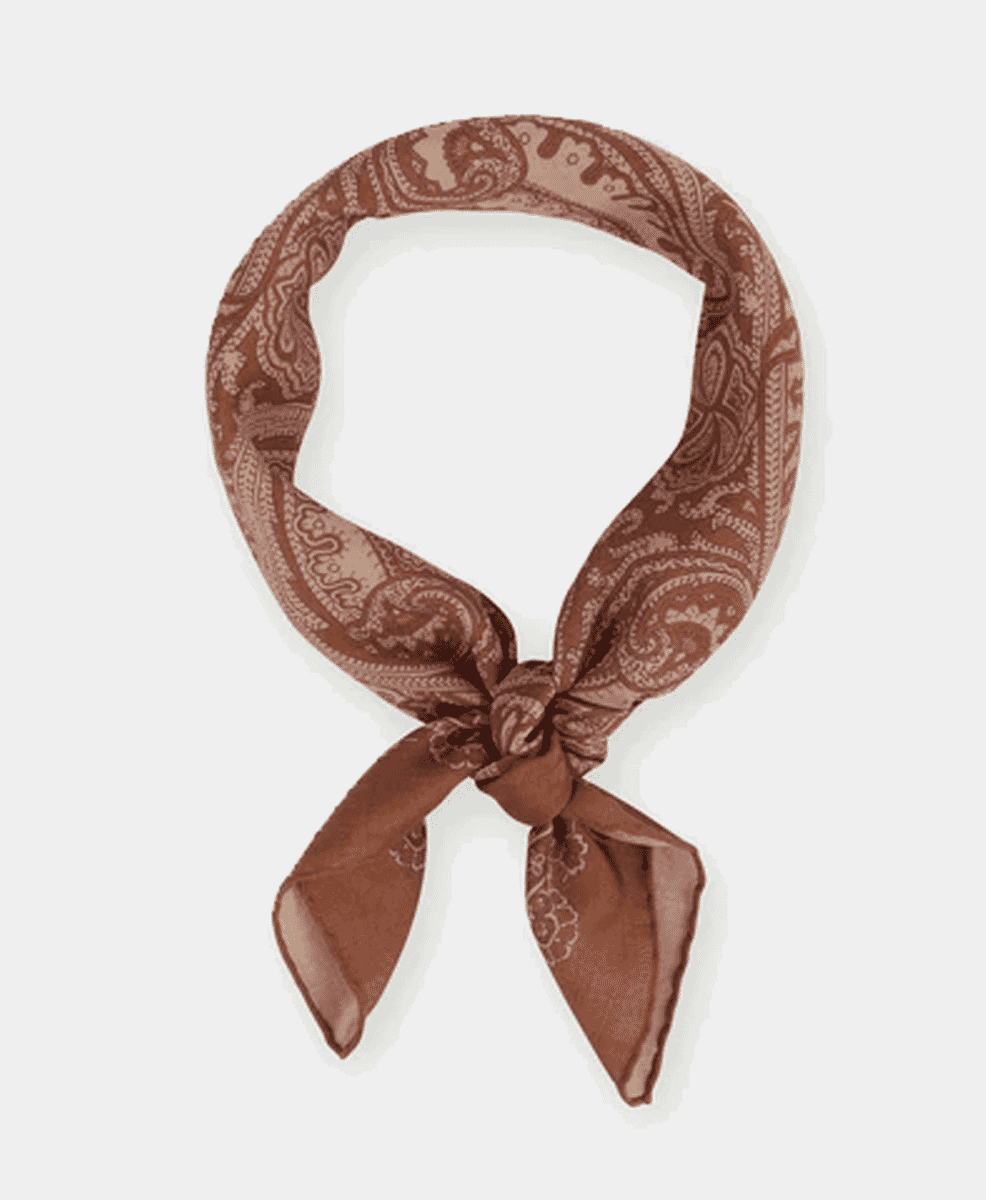
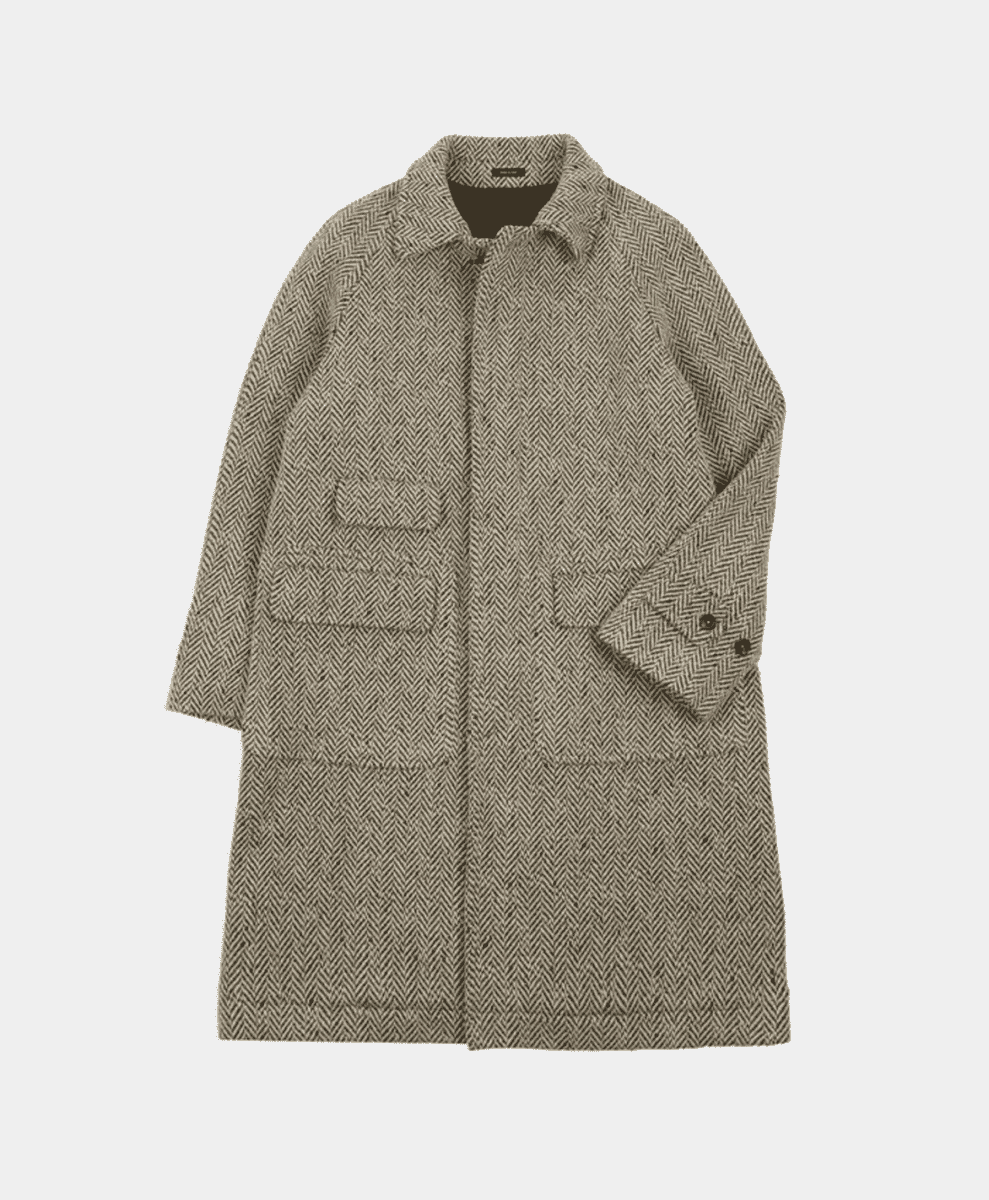
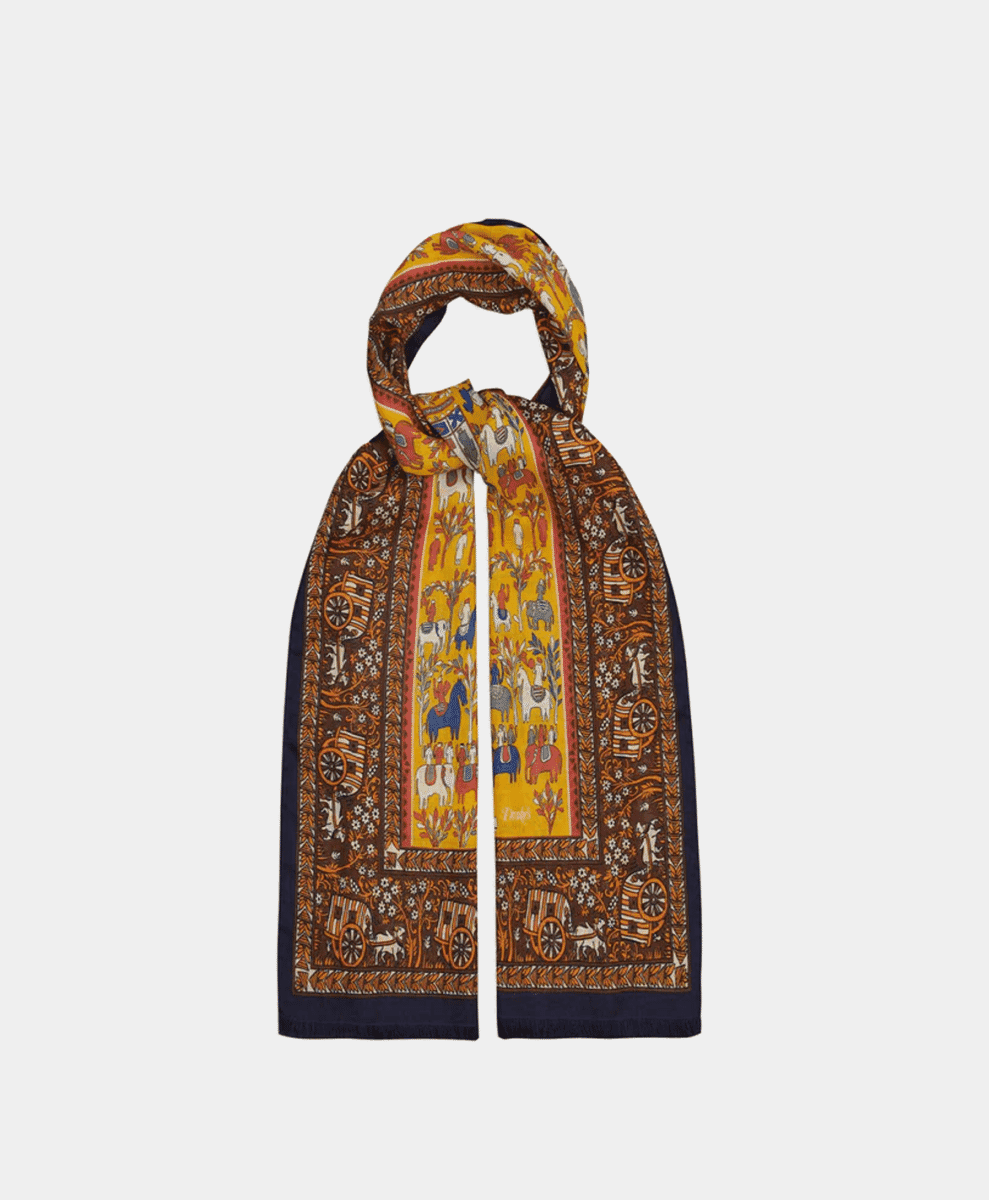
Add pattern with restraint
A little pattern goes a long way when texture is doing the heavy lifting. Houndstooth, herringbone, tattersall or a quiet windowpane works best in one place per outfit. A checked overshirt with plain trousers and a solid knit. A herringbone coat over denim and a white tee. Keep scale small to medium so it photographs cleanly and does not dominate indoors. If you want two patterns, separate them in distance and weight – a tiny tattersall shirt under a bold scarf, for example. Patterns should add interest, not create noise. Let colour stay calm and the lines stay sharp.
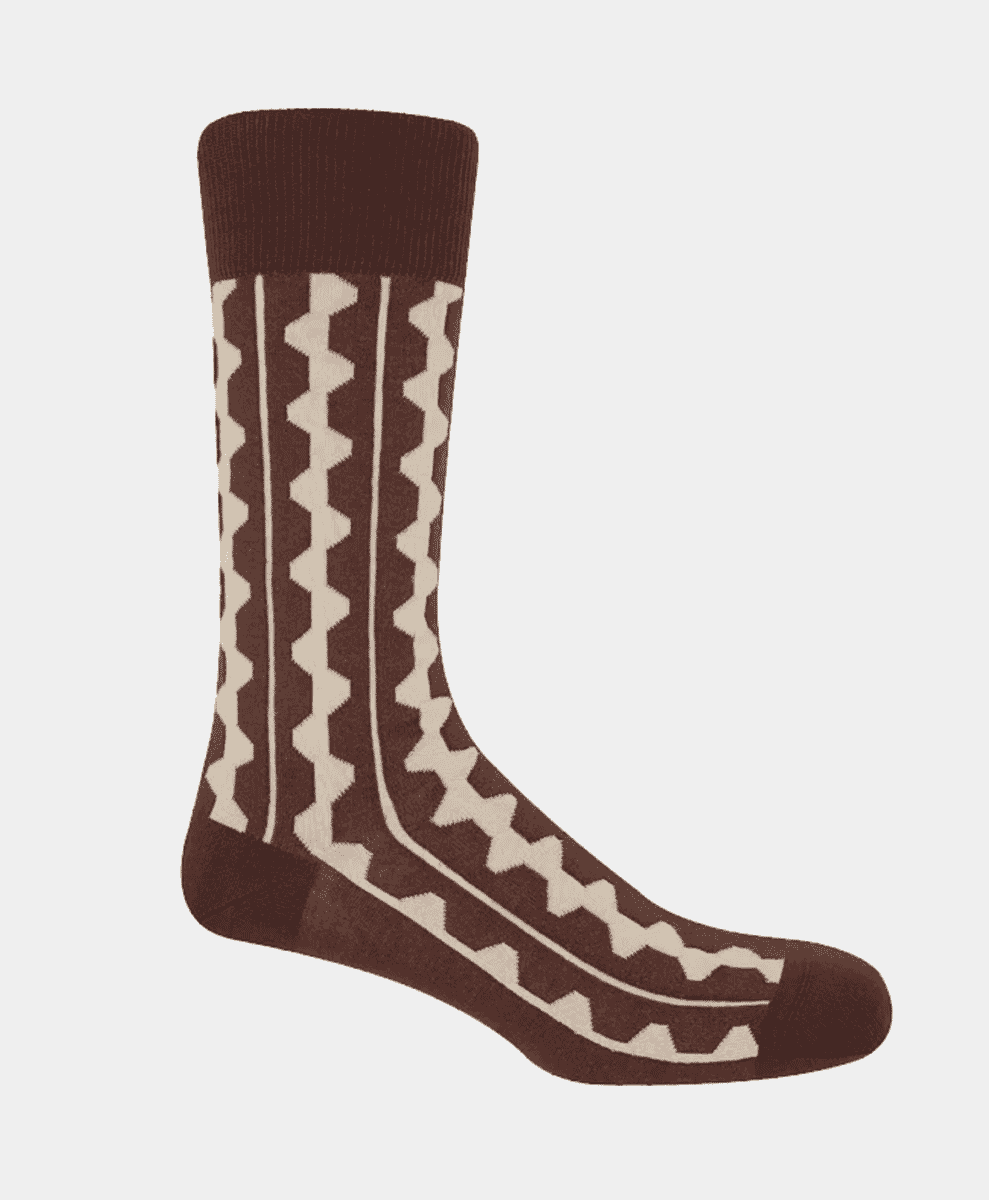

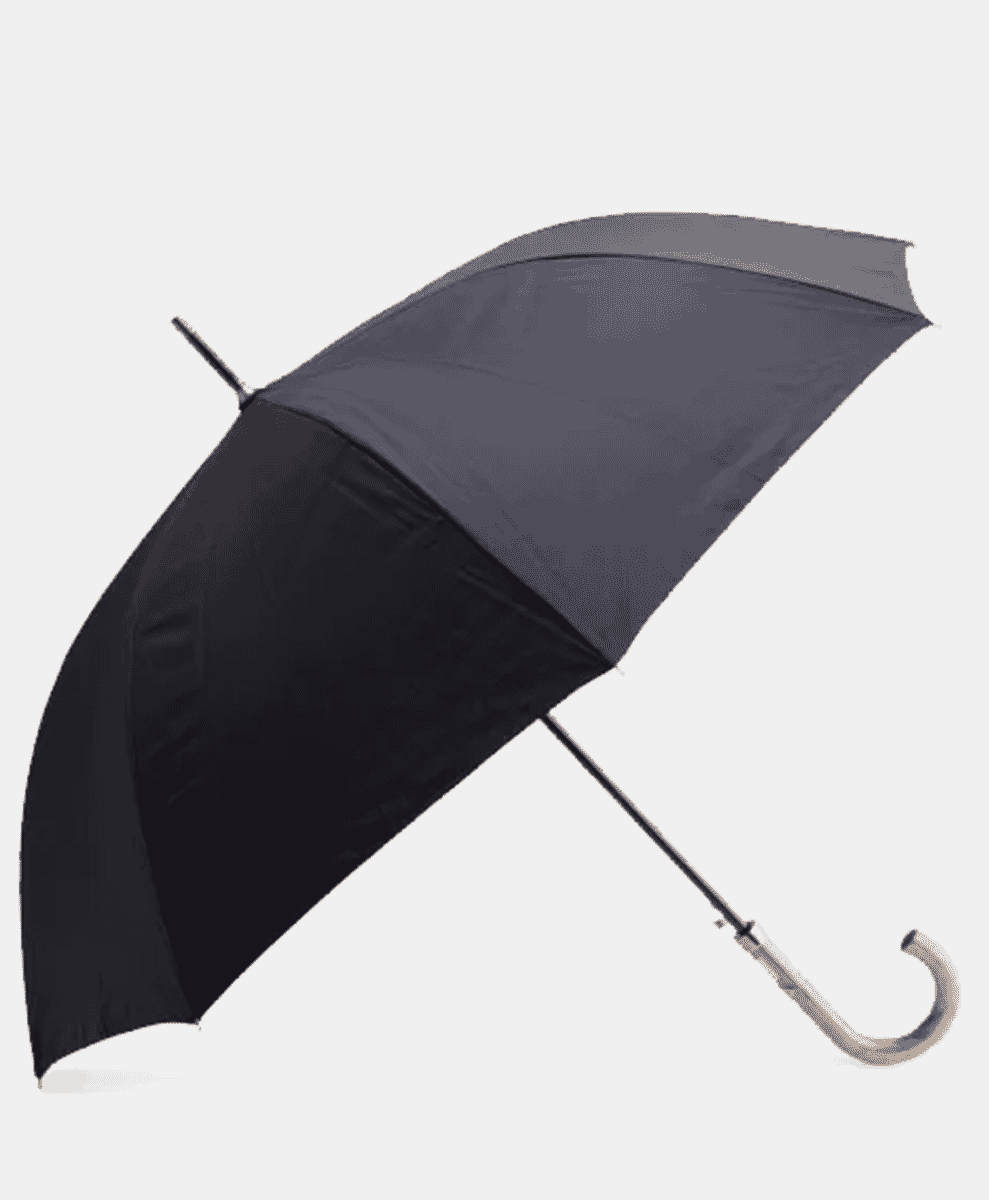
Accessorise for function
Accessories earn their space when they solve problems. The best wool socks keep boots comfortable and help with odour. A cashmere or merino scarf insulates without bulk. Leather gloves with a knit lining manage a casual bike ride or a late night walk. A beanie in a muted tone frames the face and hides a bad hair day, which is service enough. Keep hardware simple – buckles, zips, clips – and match metals where possible. Bags should be rain ready, whether waxed canvas or nylon. Umbrella wise, get one that does not invert at the first draft. Practicality is the most stylish flex.
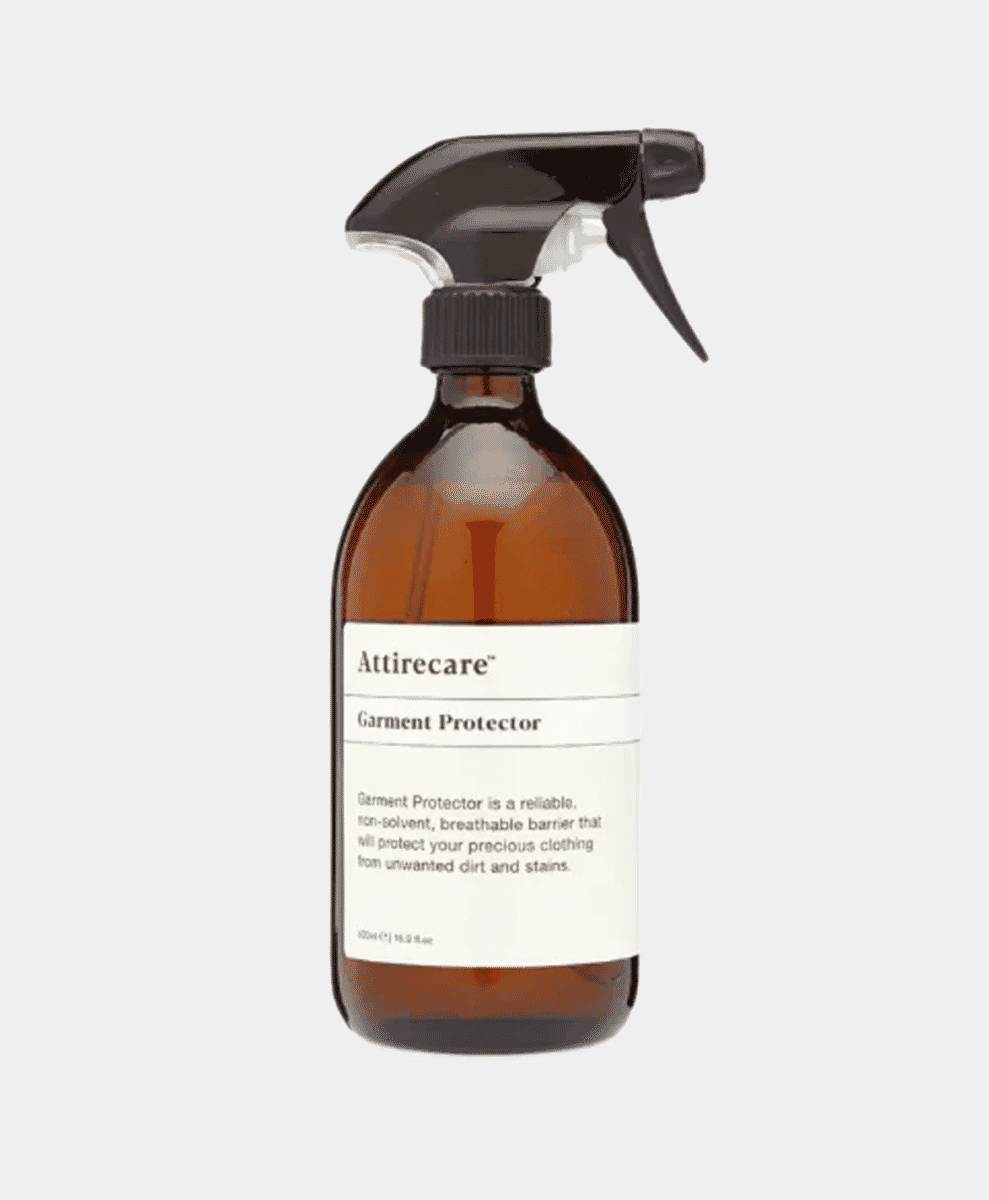
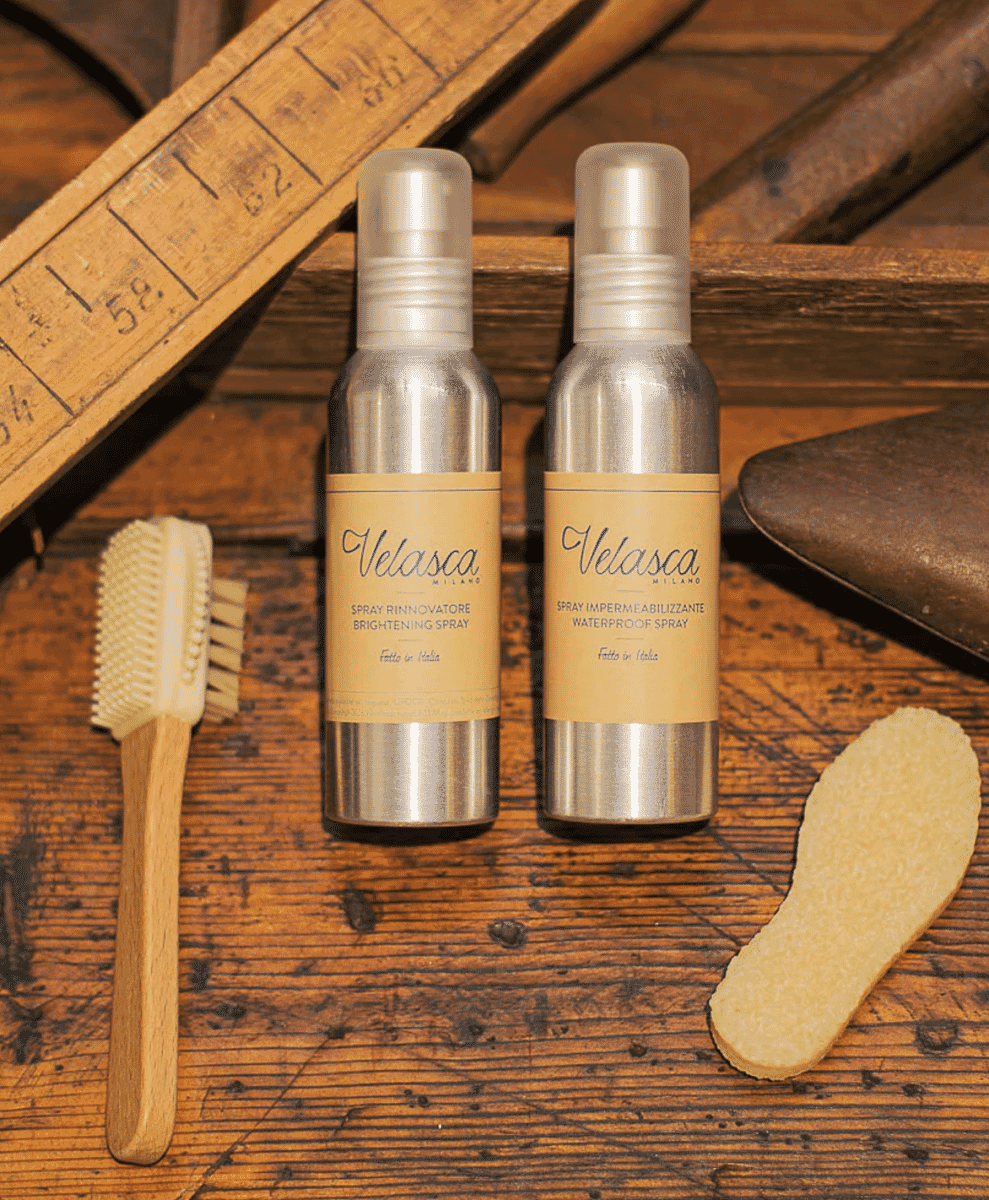
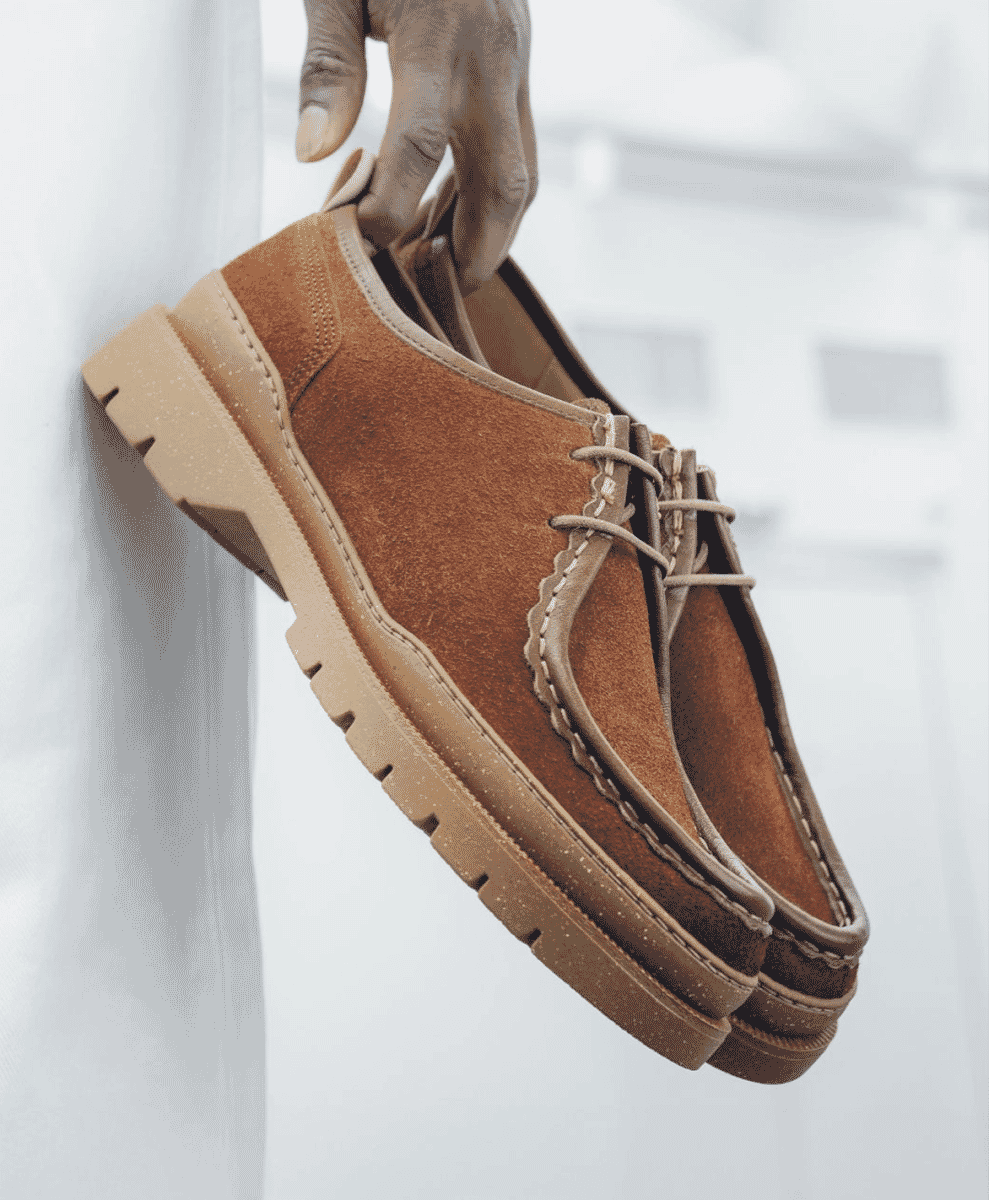
Weatherproof properly
Spray suede before it ever sees a puddle. Brush it after each wear and reapply protector monthly. Condition leather boots with a neutral cream and occasionally a wax for extra defence. Re proof waxed cotton with dressing once or twice a season – warm the tin and the jacket for easier application. Hang coats to dry naturally, never on radiators. Knitwear wants cool washes and flat drying. Consider a proper shoe horn and cedar trees to hold shape and absorb moisture. Maintain little and often. Repairs are cheaper than replacements and look better anyway.
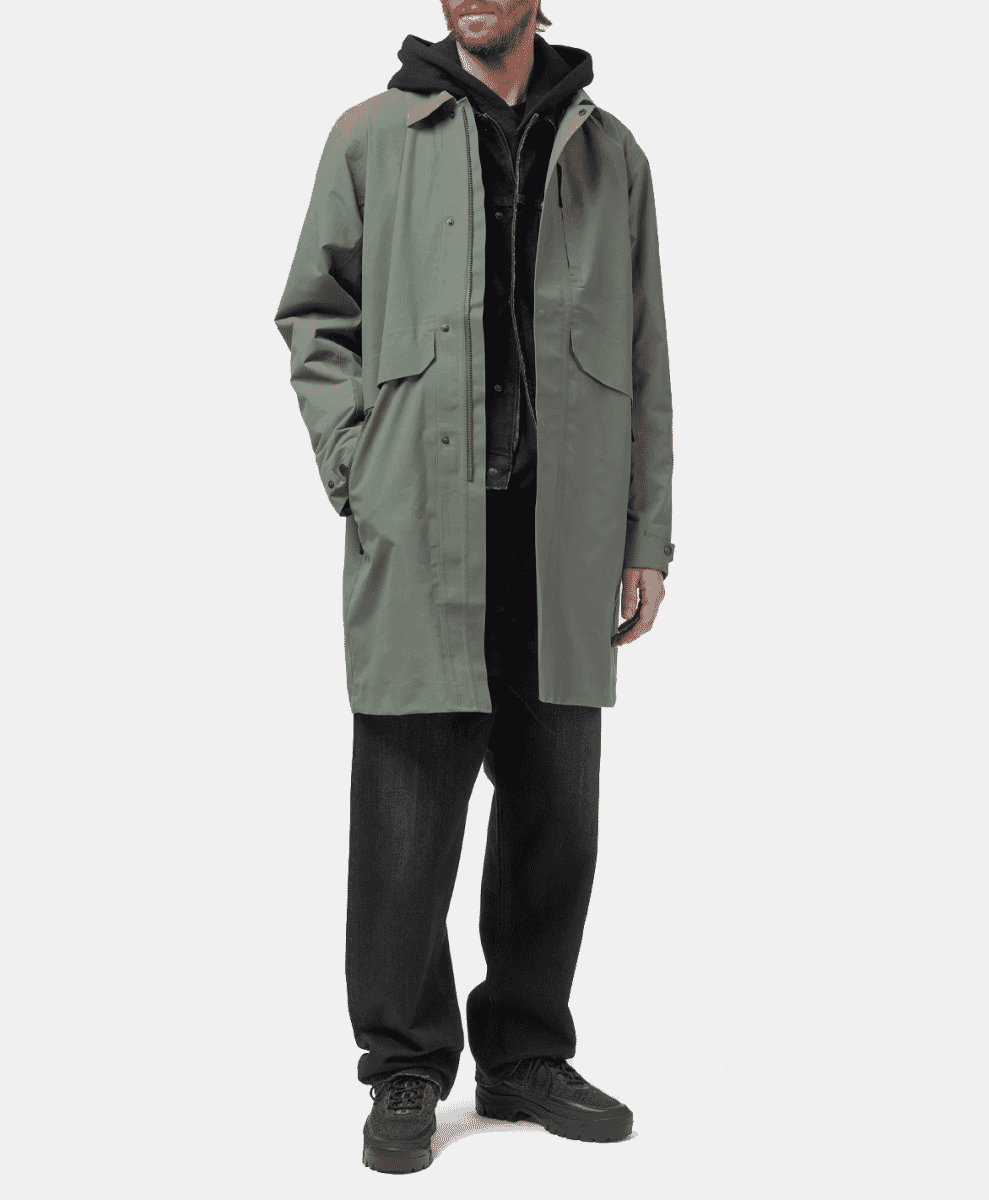
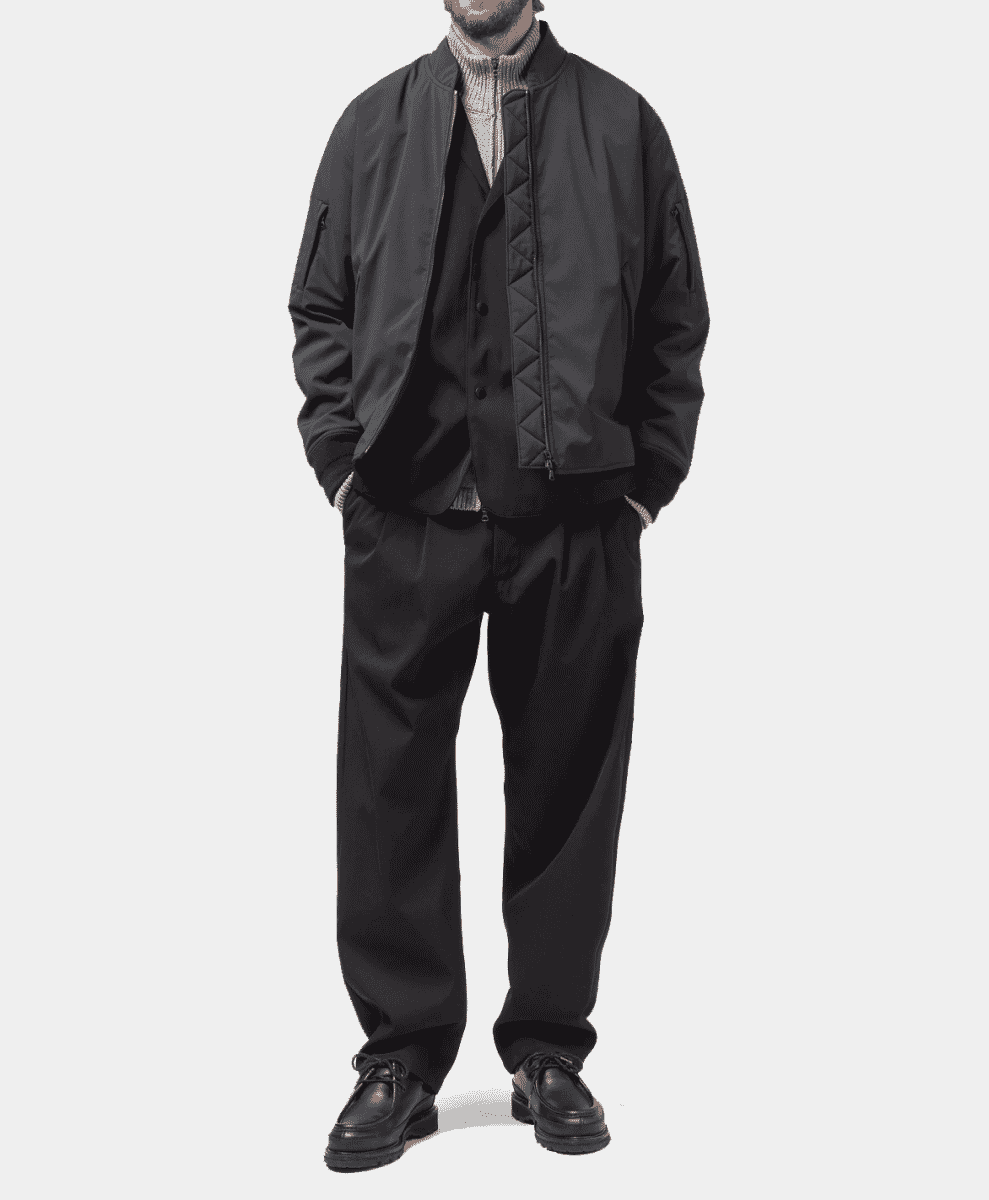

Balance proportions
Silhouette is what makes an outfit feel current. Wider trousers want longer coats or boxy blousons to keep the flow. Cropped jackets need straighter or tapered legs so the eye does not get stuck at the hem. Chunky knit on top asks for weighty denim or wool below. Boots add visual heft, so shorten the trouser break slightly. If you go big somewhere, calm another area – generous coat, neat knit, clean shoe. Test in a mirror from a few paces back. Phone photos help you see what your brain edits out. Adjust details, not your whole wardrobe.
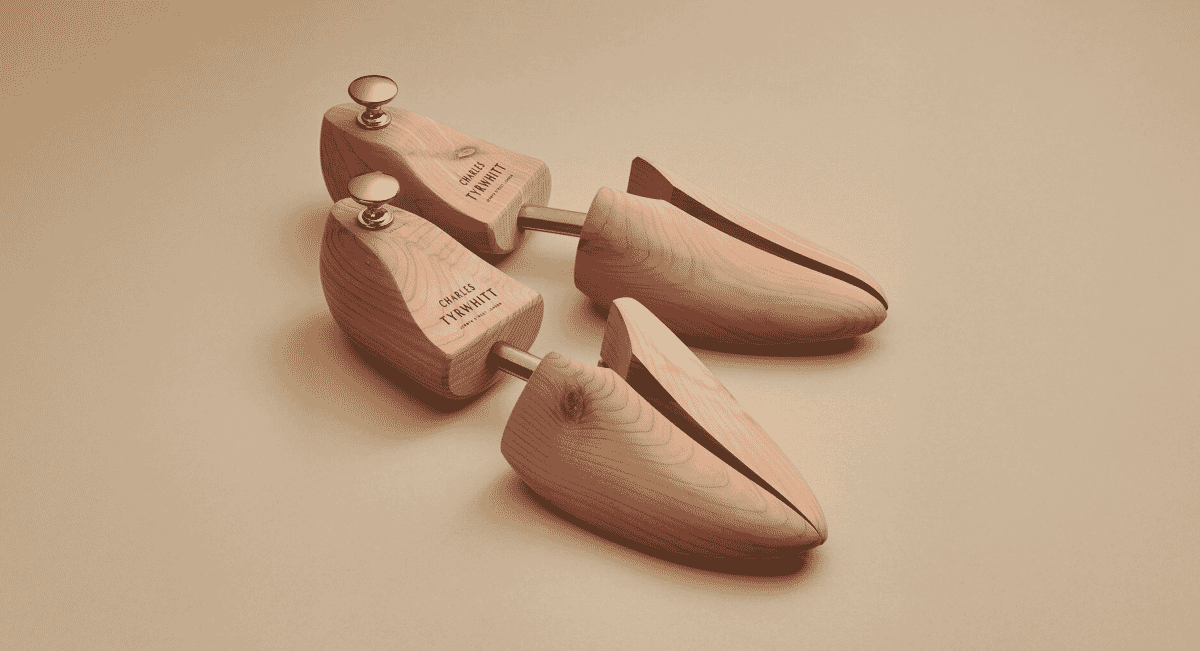
Mind your footwear care
Shoes carry the season. Rotate pairs to let them dry fully between wears. Use cedar trees the second they come off to absorb moisture and smooth creases. Brush dirt before it beds in. Polish leather with a small amount of cream, buff with a soft cloth, and use wax sparingly on toes and heels for protection. For suede, a crepe brush is your friend. Consider rubber half soles on leather bottoms for grip and longevity. Replace heel taps before they become a cobbler’s lecture. Laces deserve washing or replacing too. Clean footwear makes everything else look sharper.
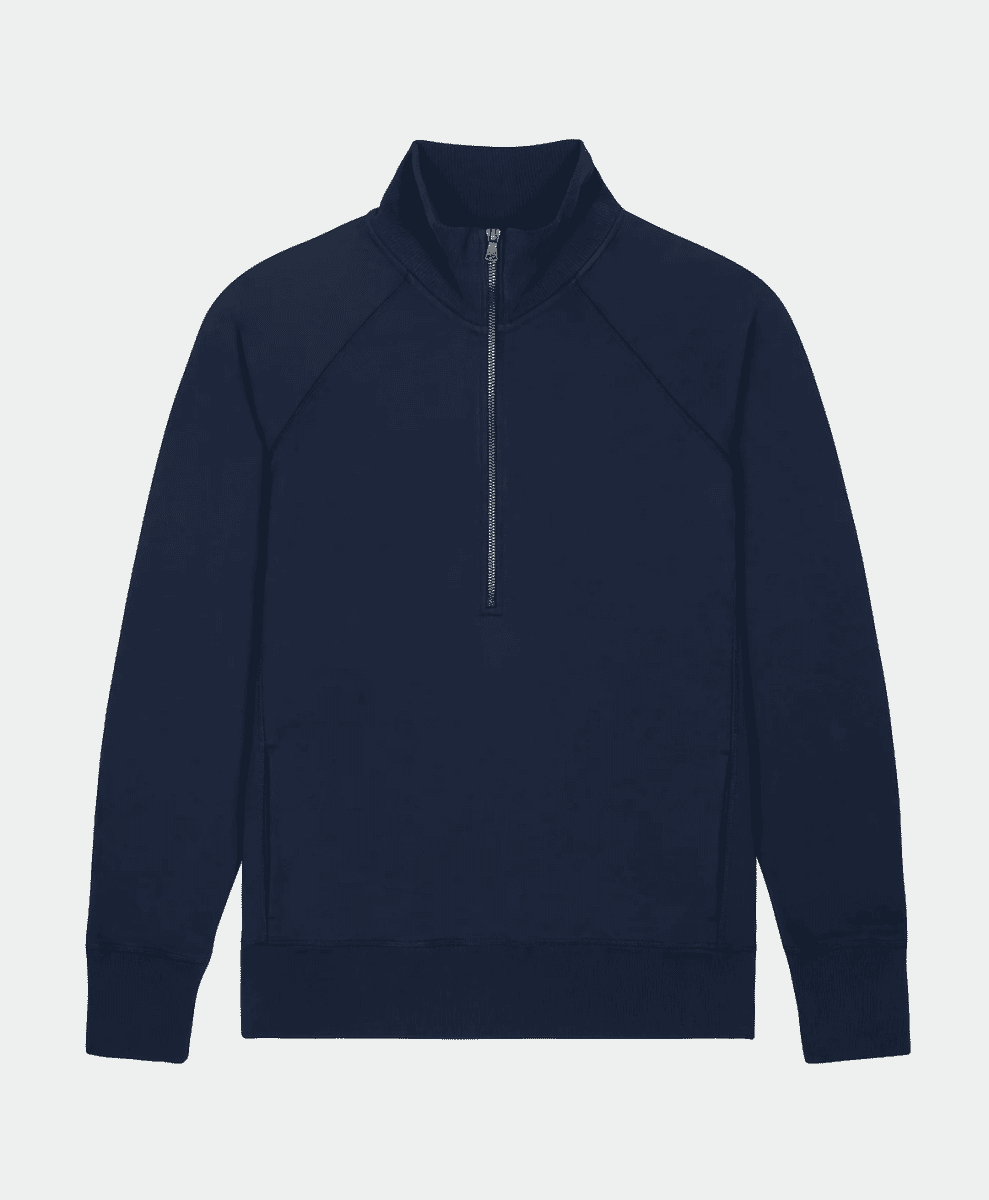
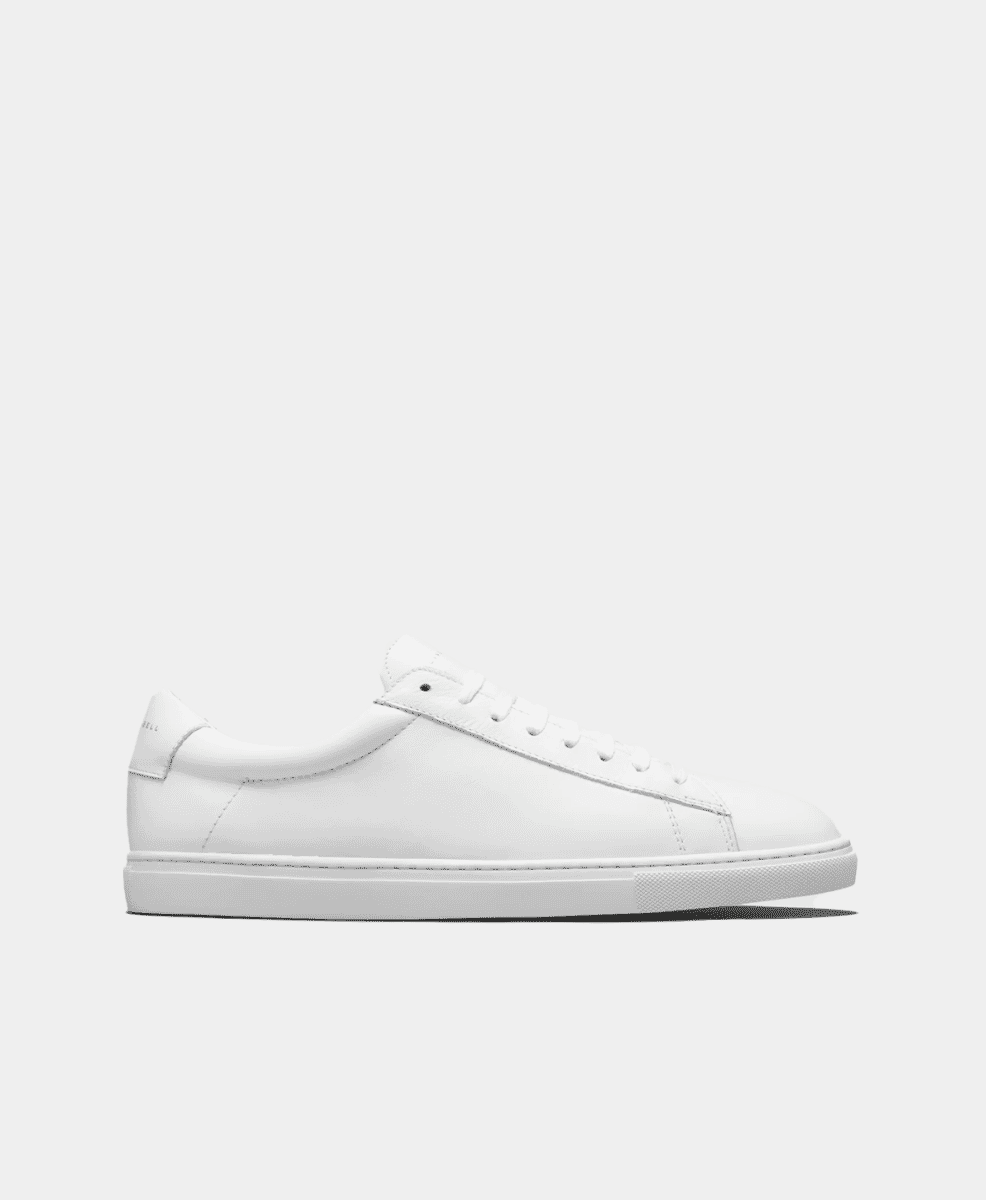
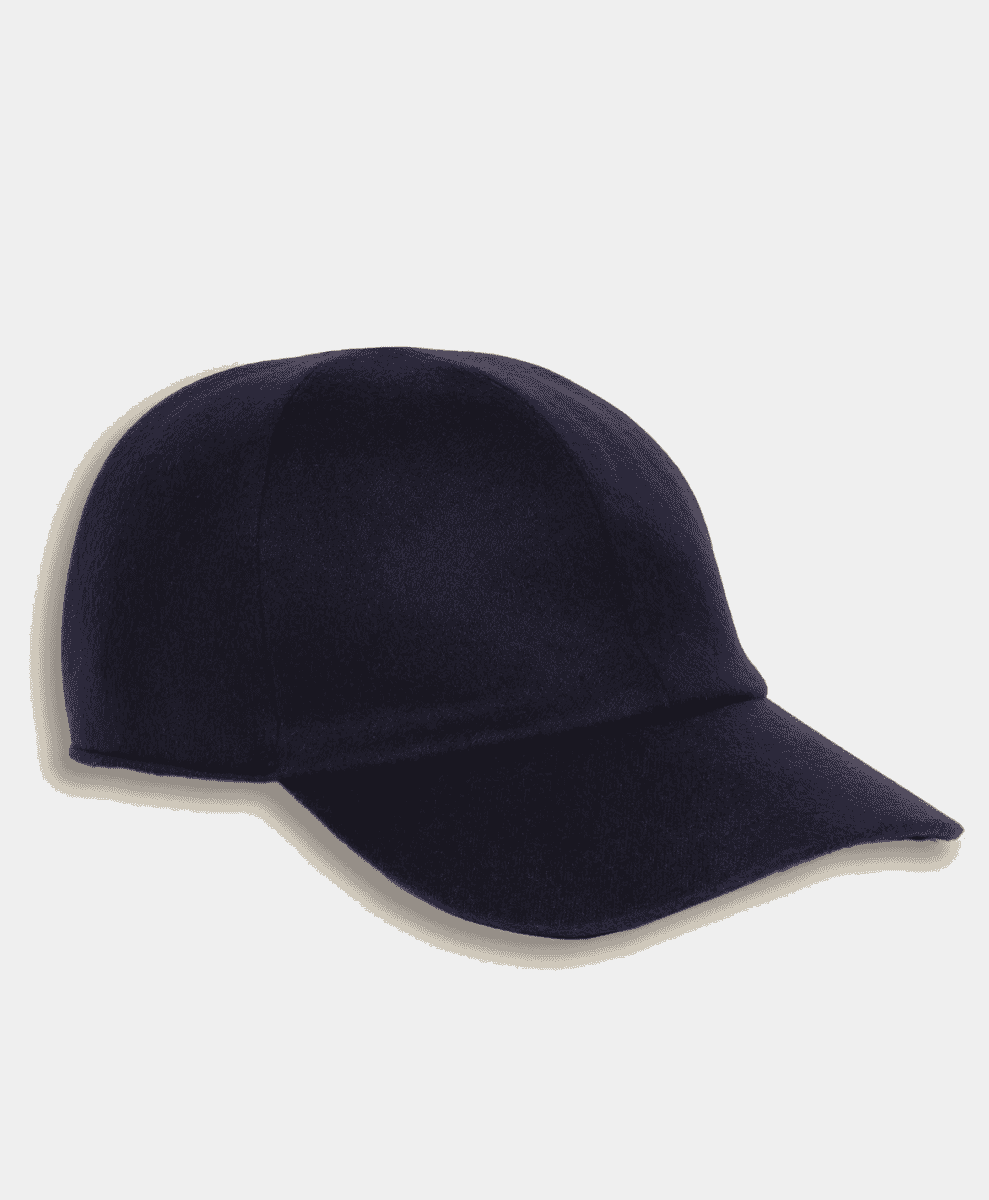
Refine off duty staples
Autumn is the right time to nudge casual kit upward. Swap the fleece hoodie for a knitted version or a tidy half zip. Choose heavier tees with heft. Trade joggers for relaxed wool trousers or sturdy chinos. Canvas trainers become leather with a more substantial sole. Baseball caps go wool or suede. Keep logos small or absent. The goal is comfort without the school run energy. You will still feel like yourself, just edited – the same playlist, better speakers. And when Friday night happens to be a nicer pub, you are already ready.
Next up: 7 Light jackets for fall layering.




